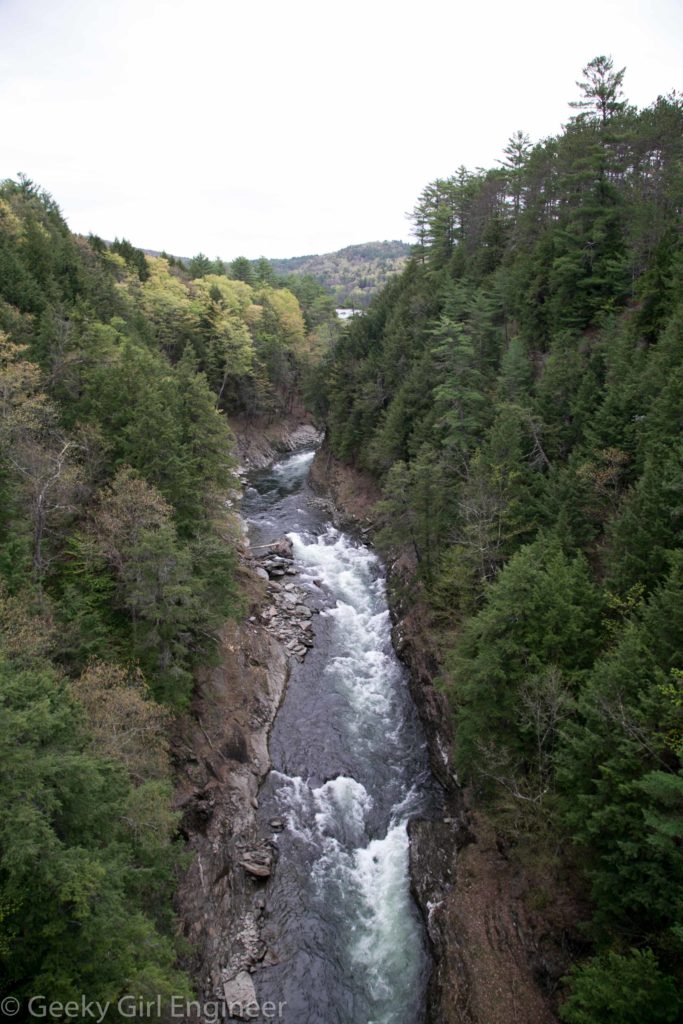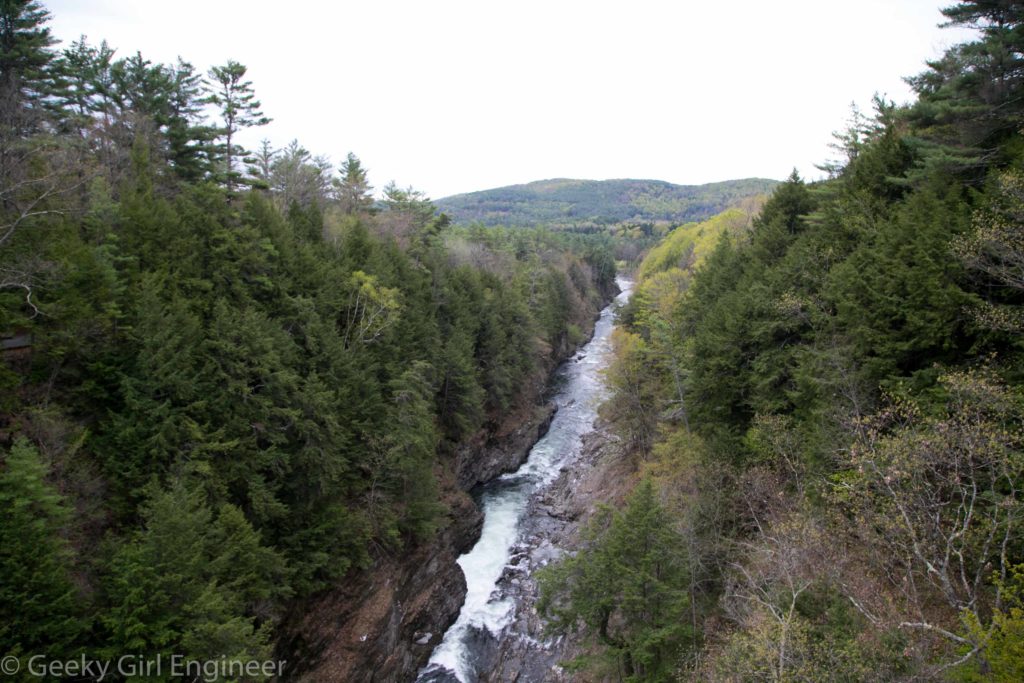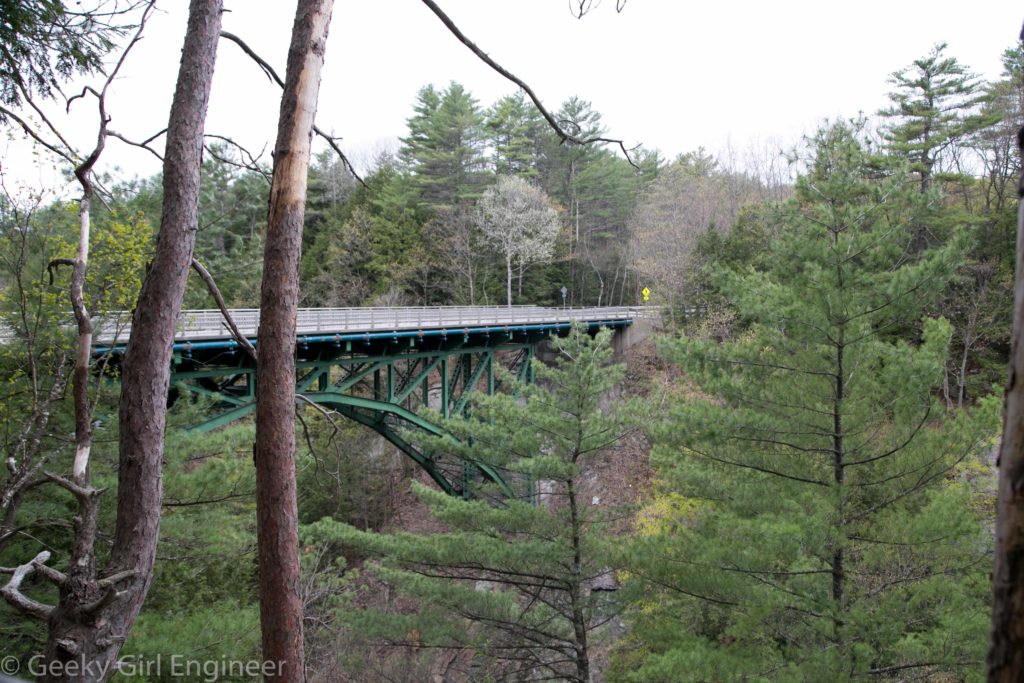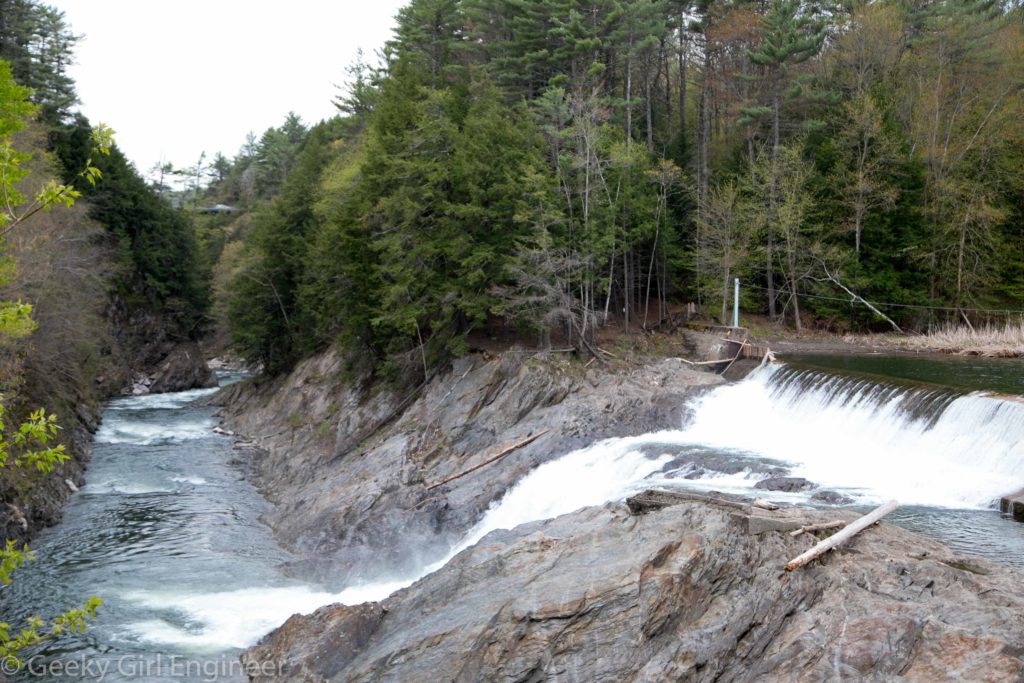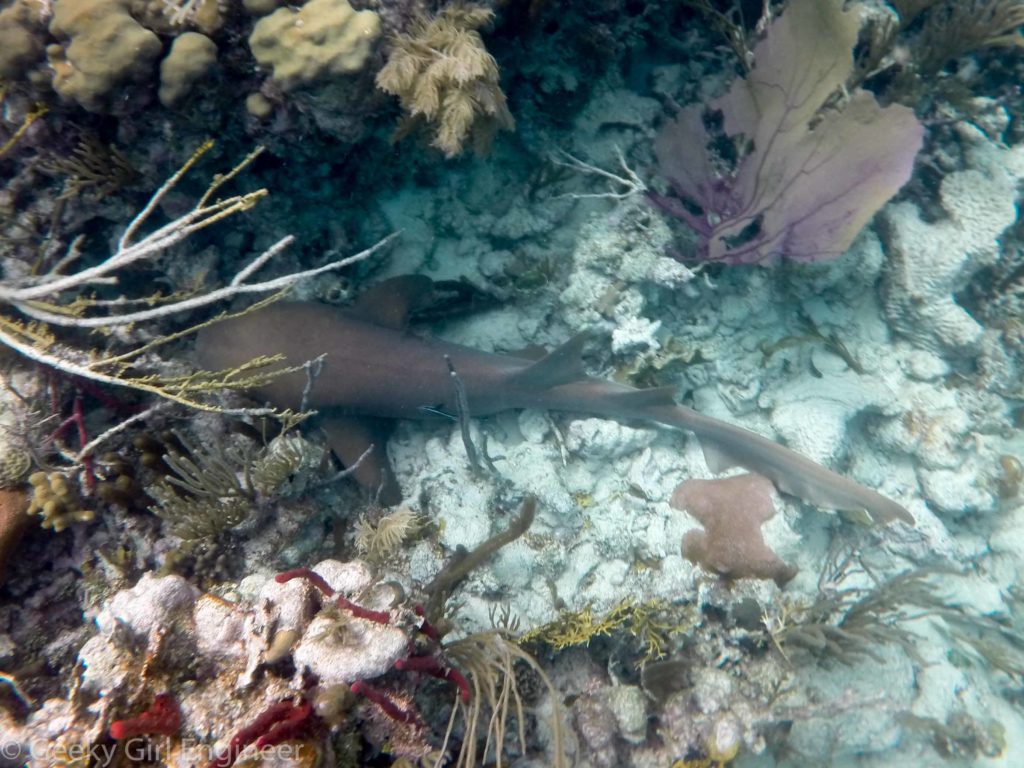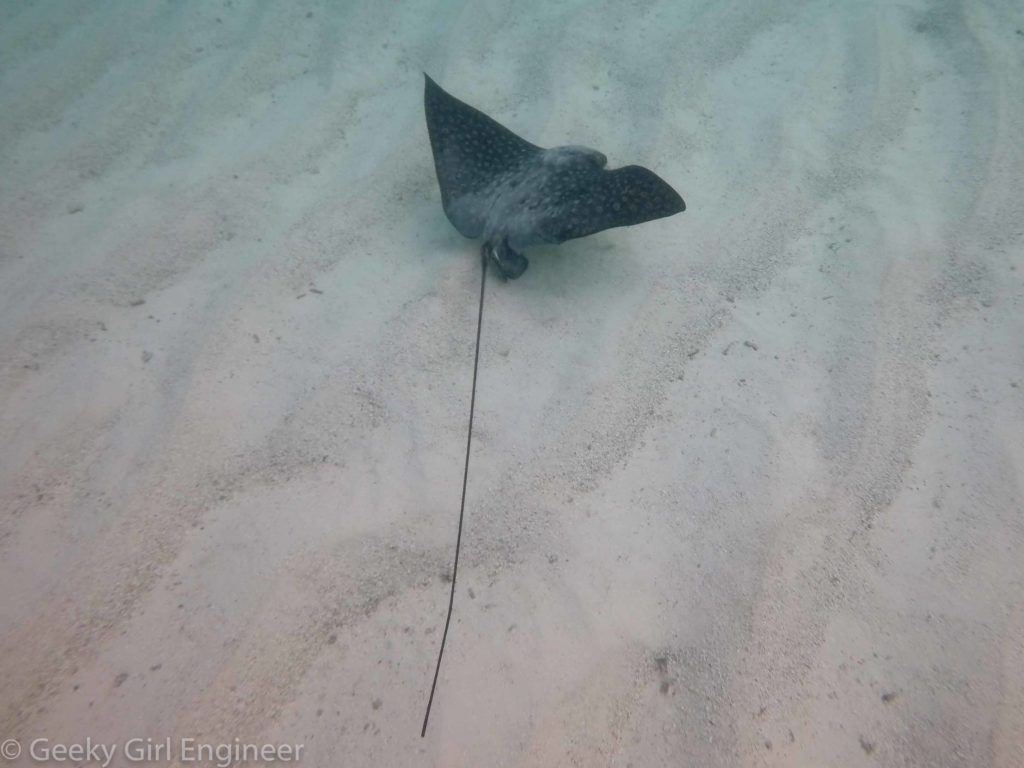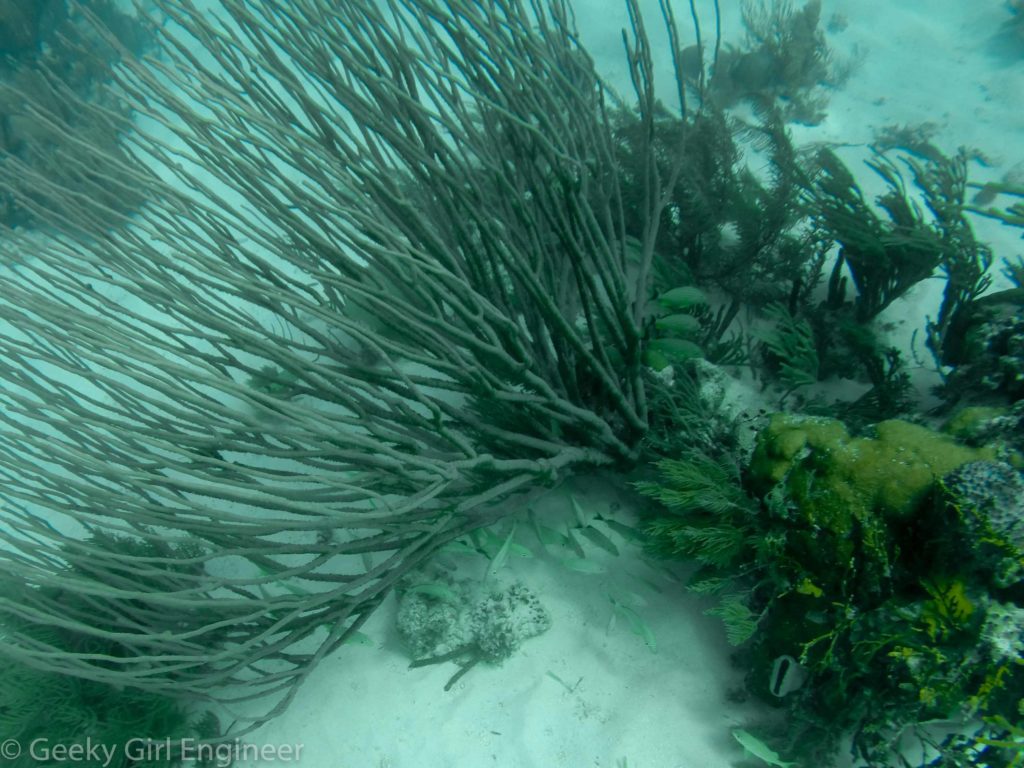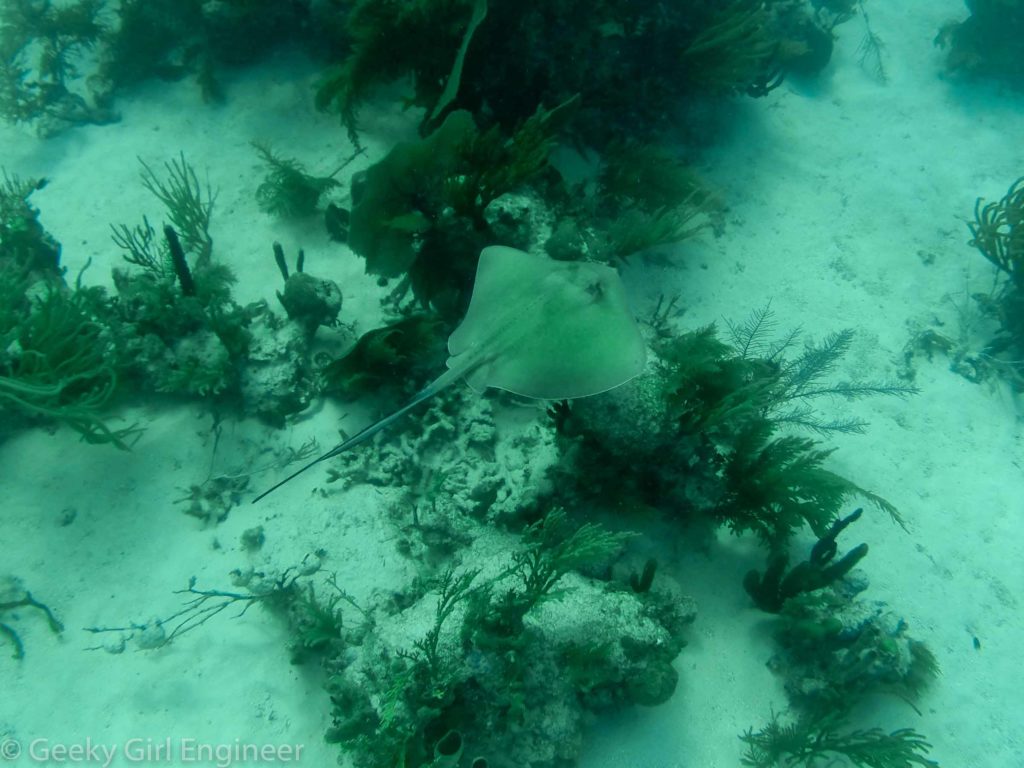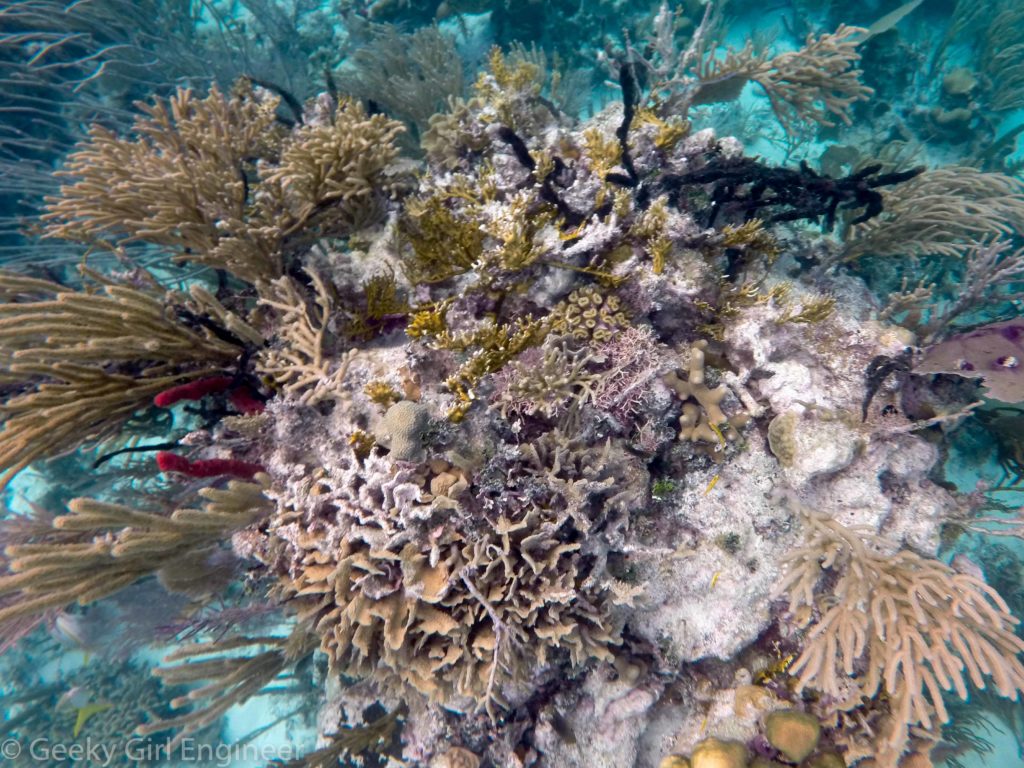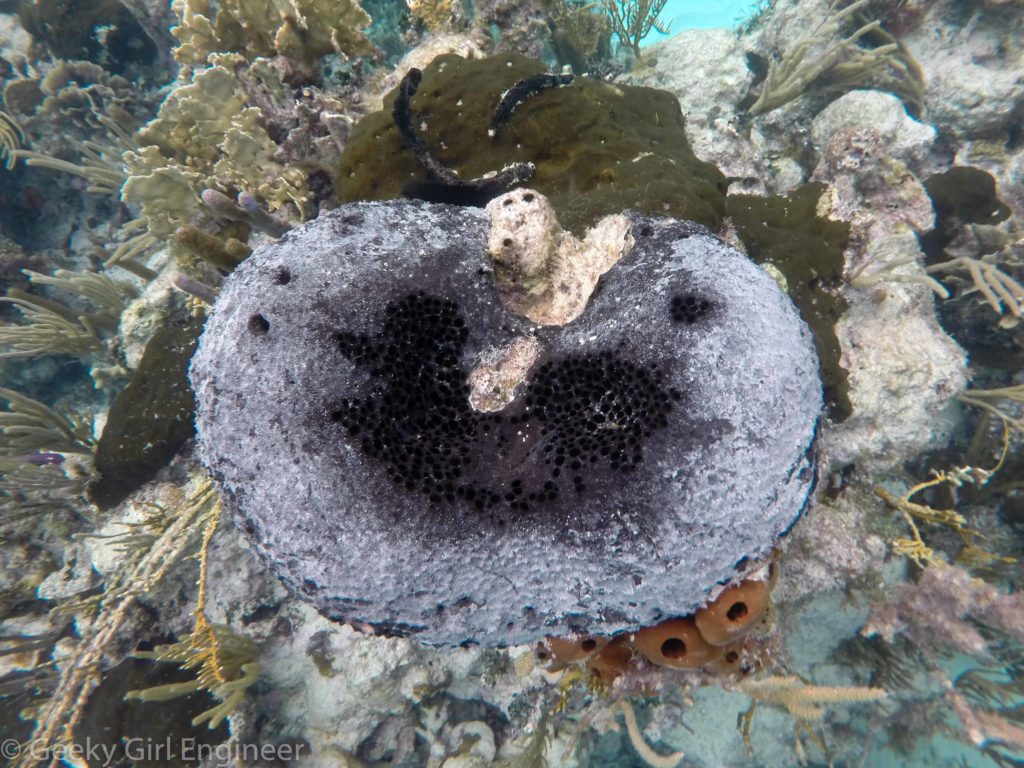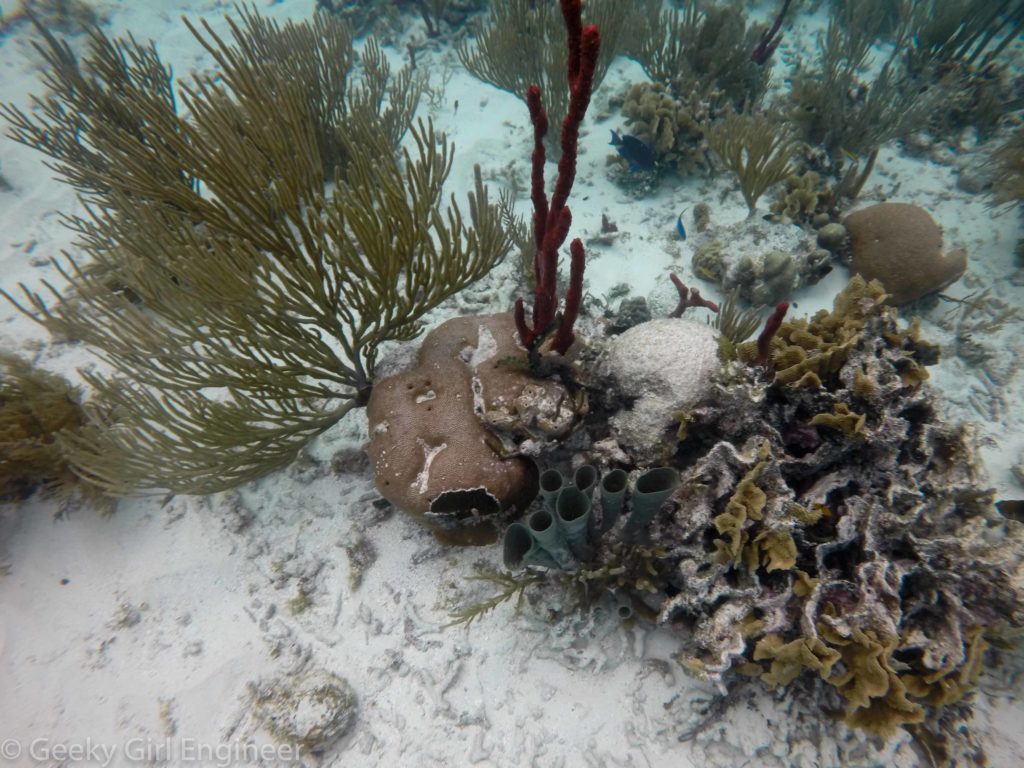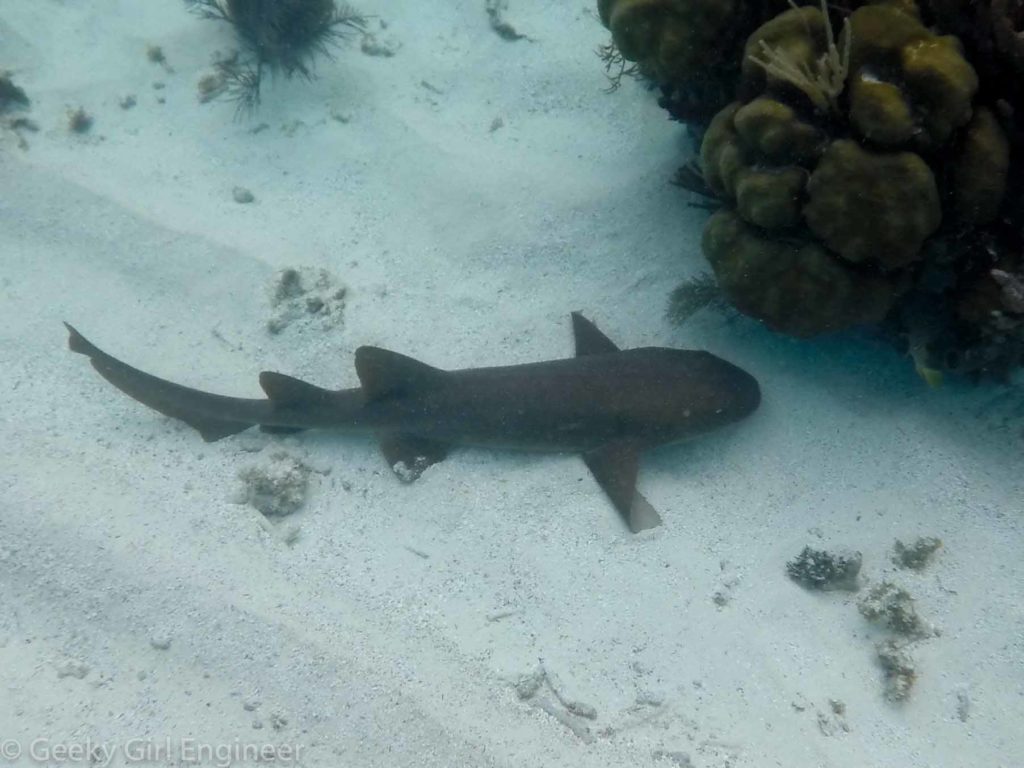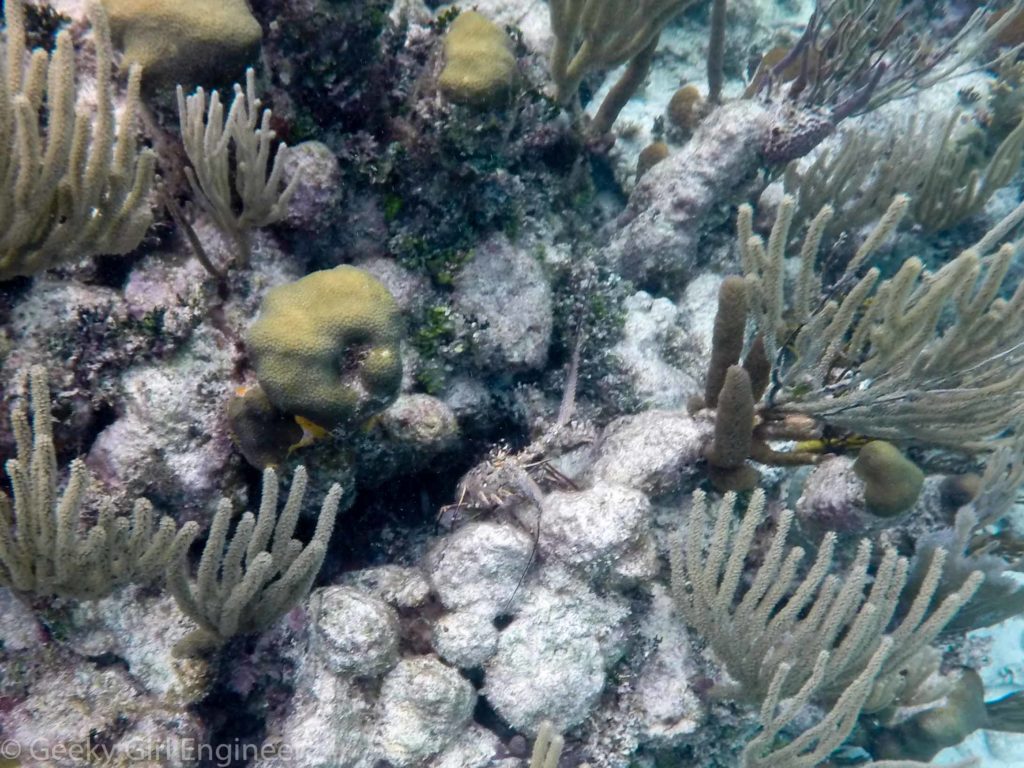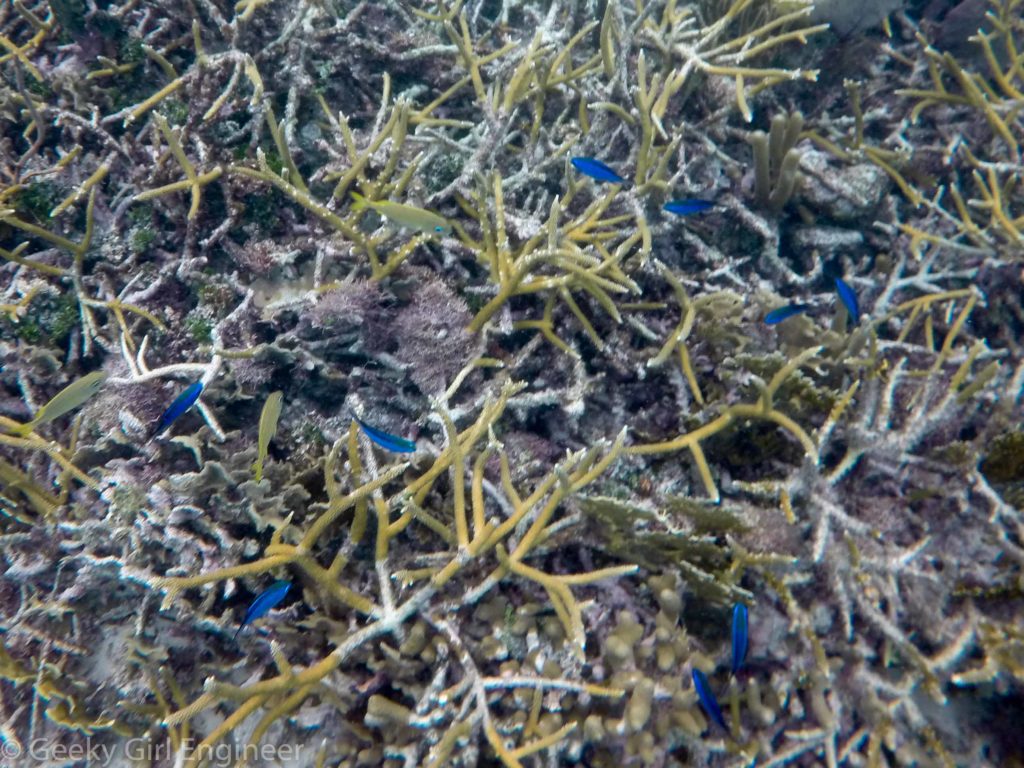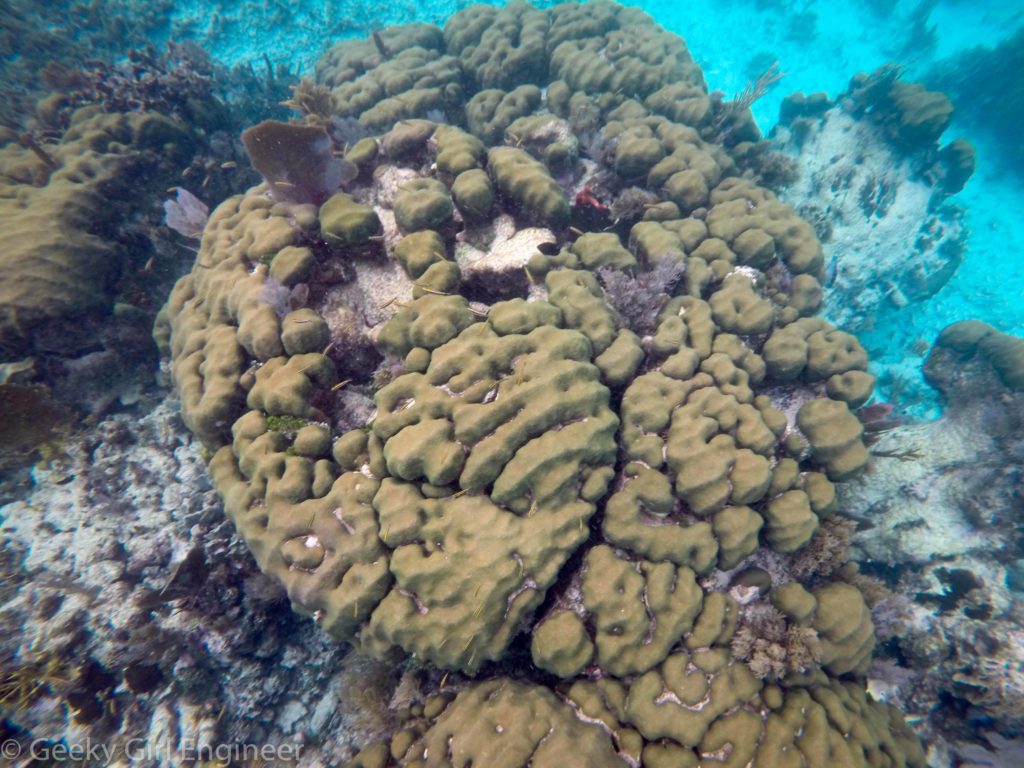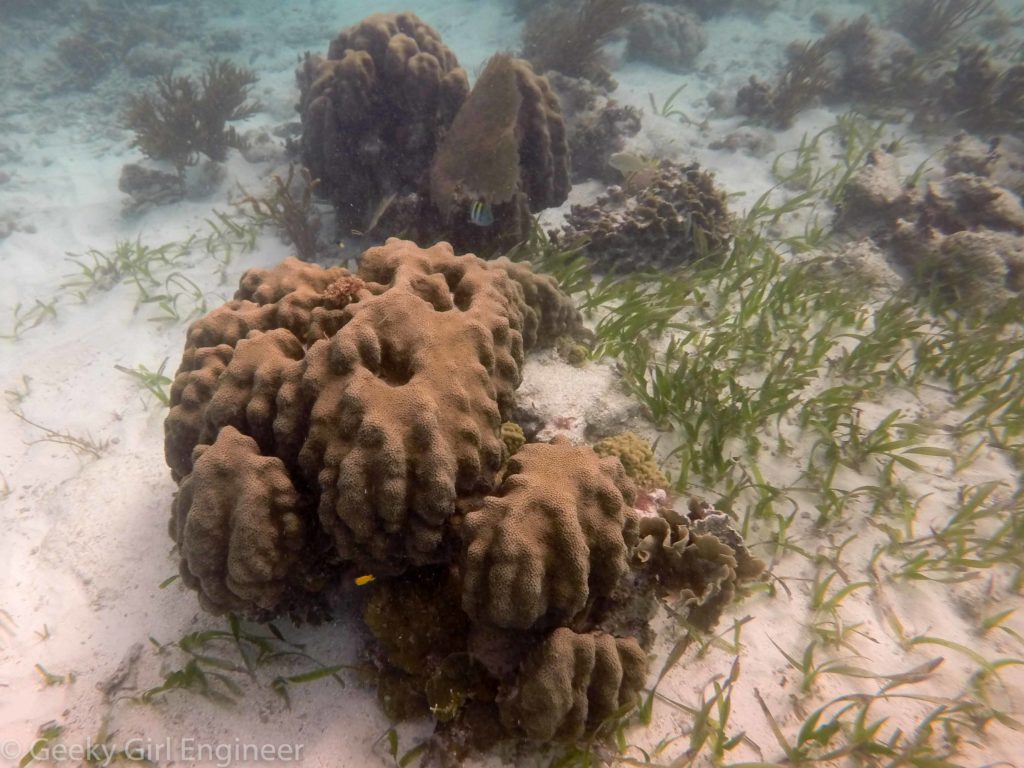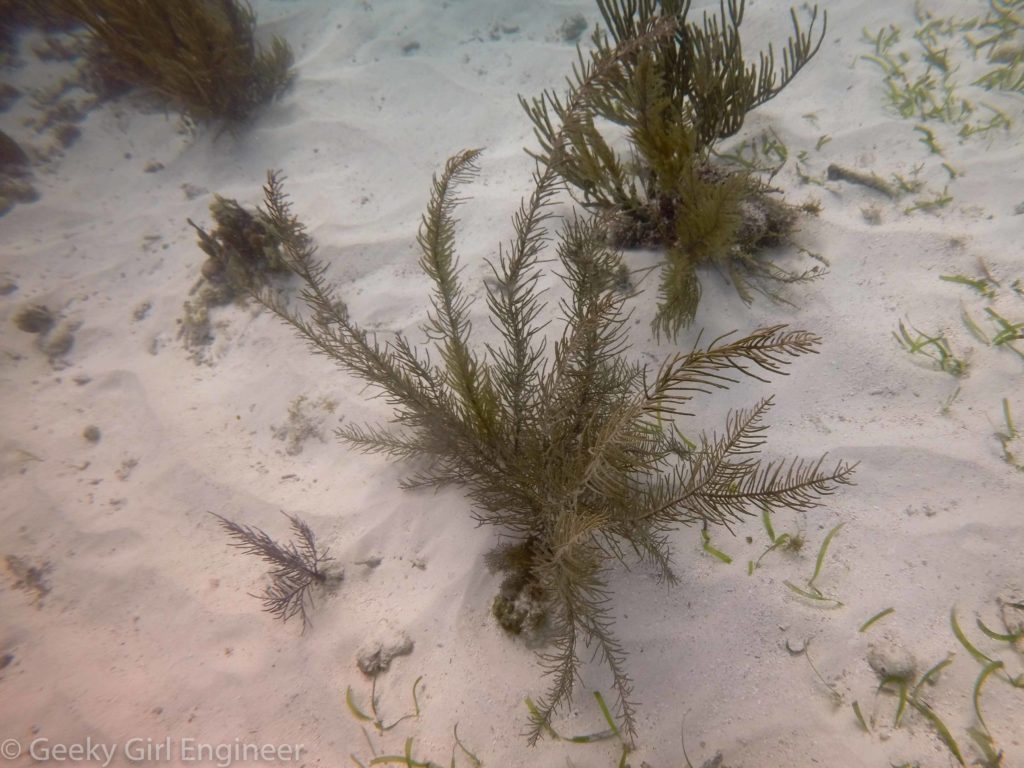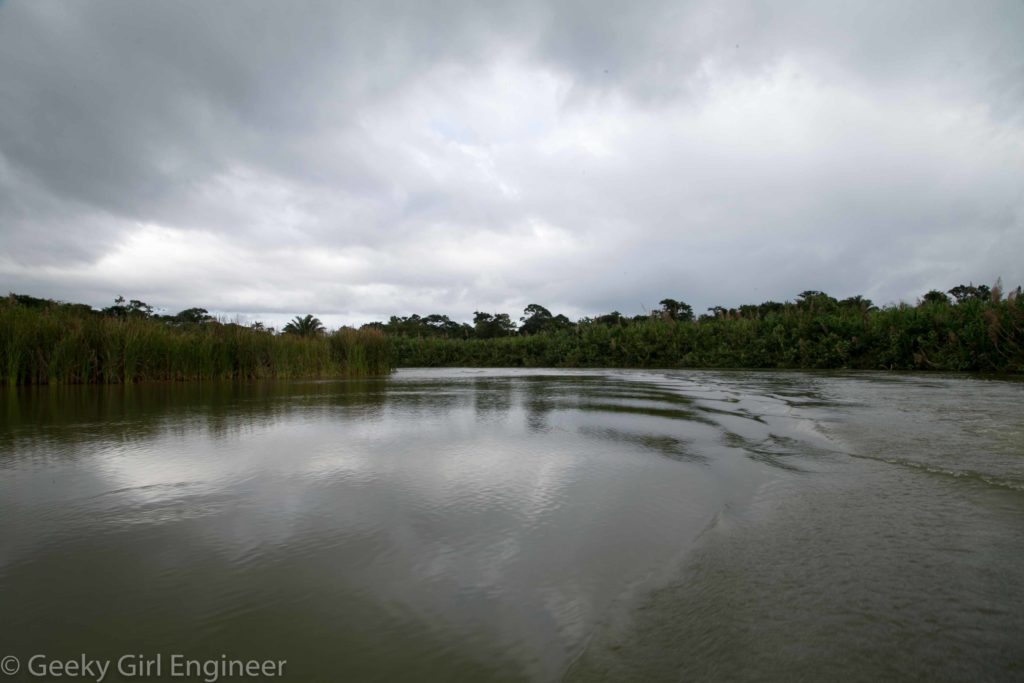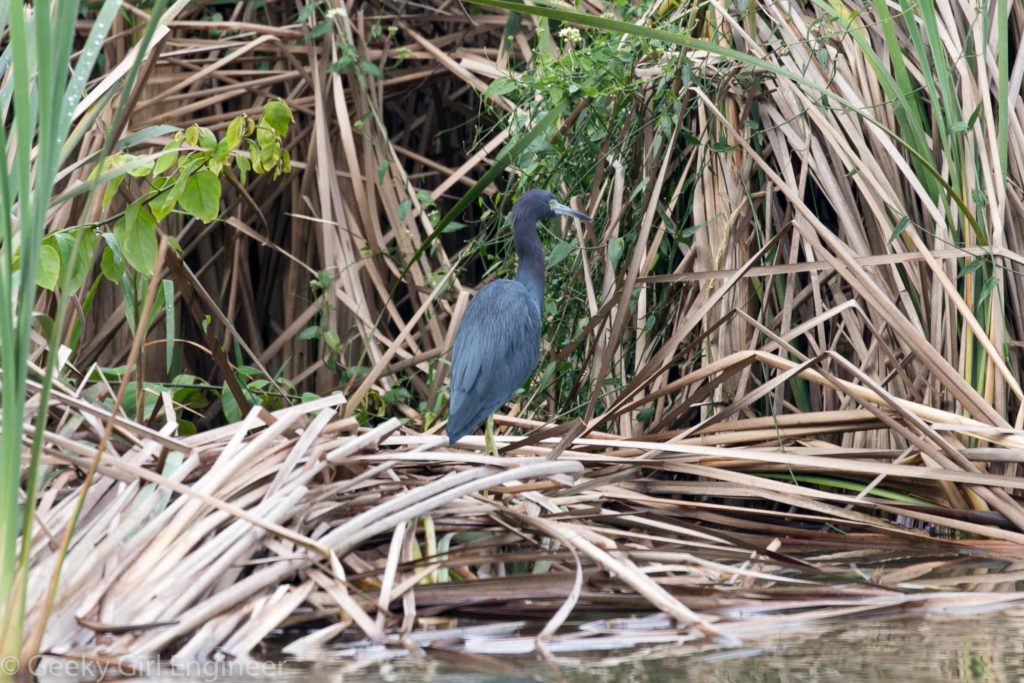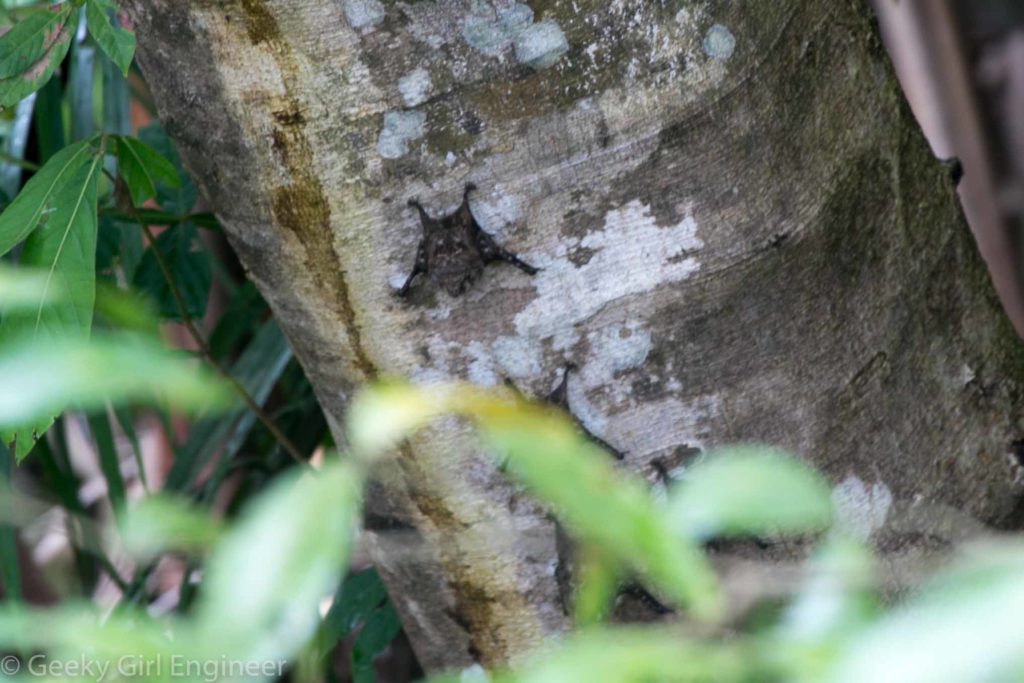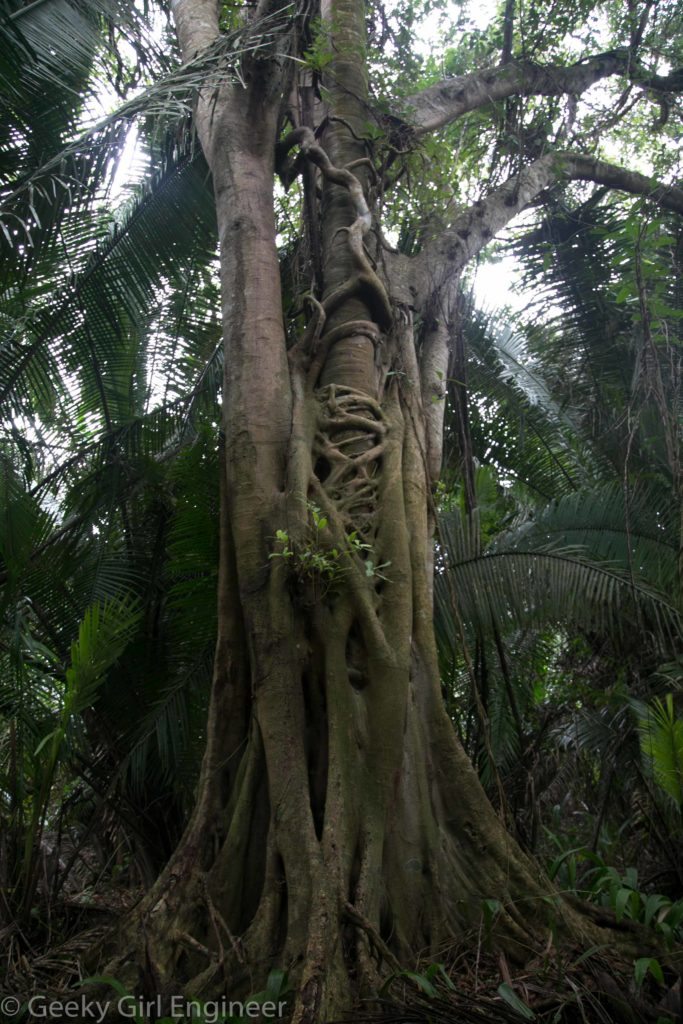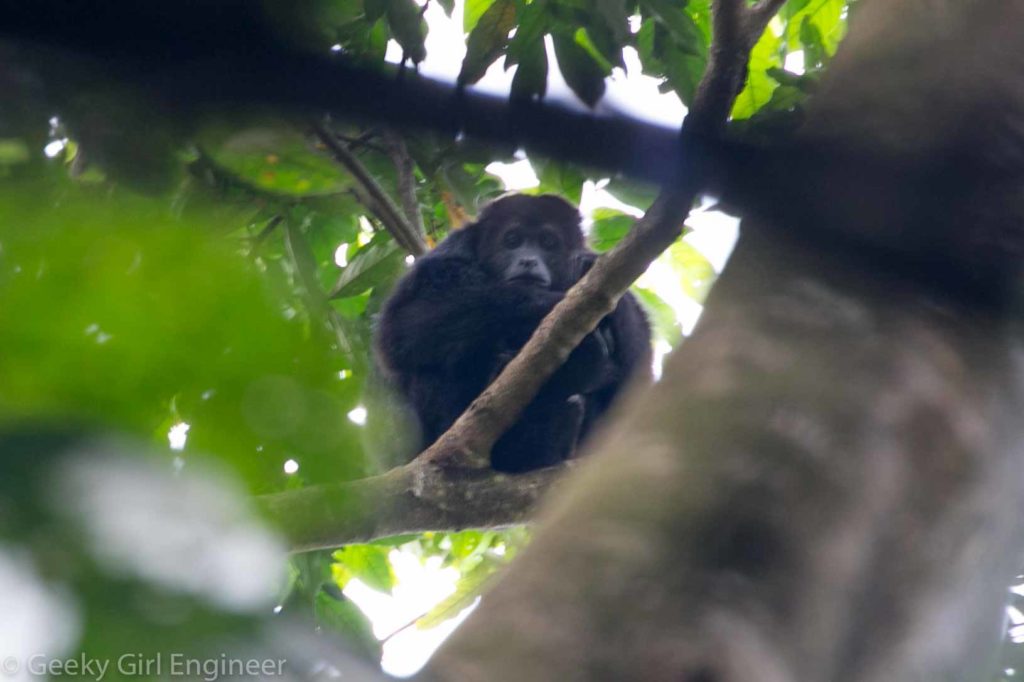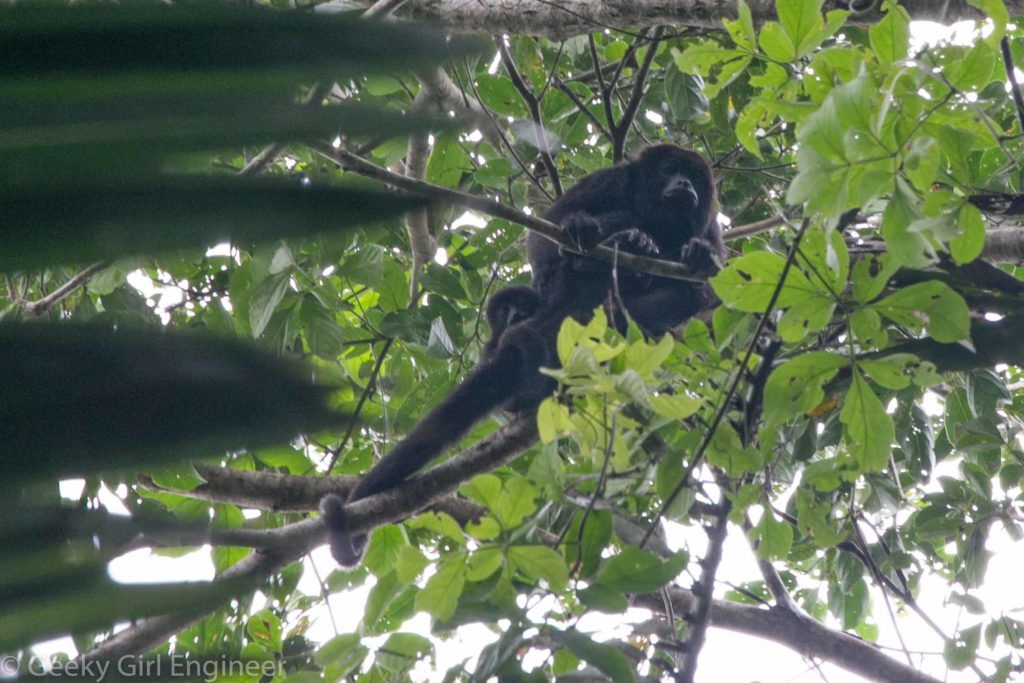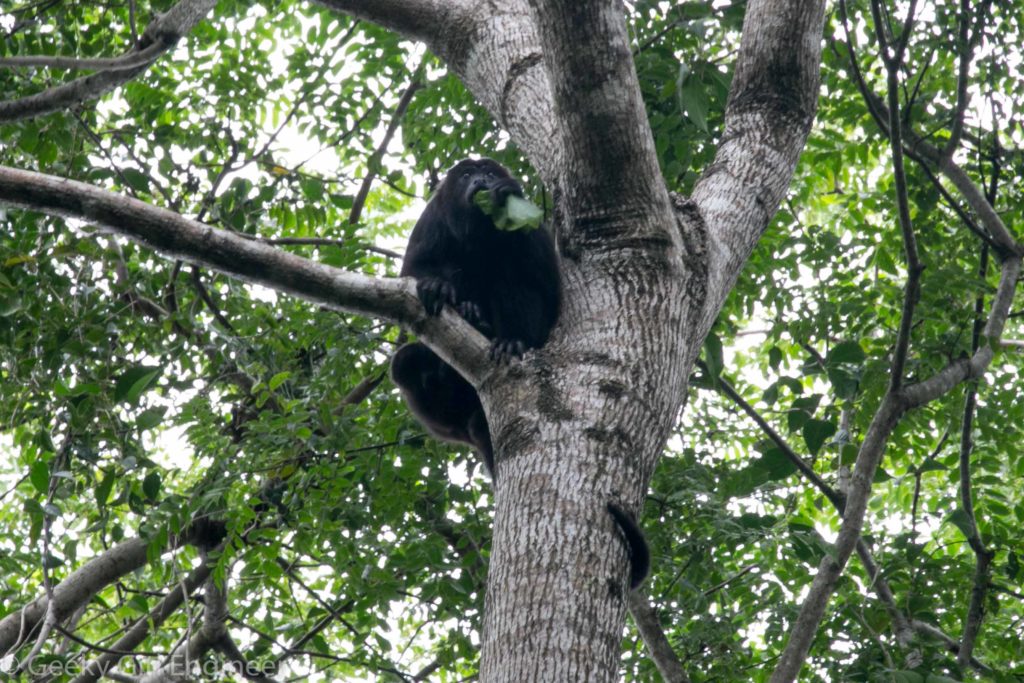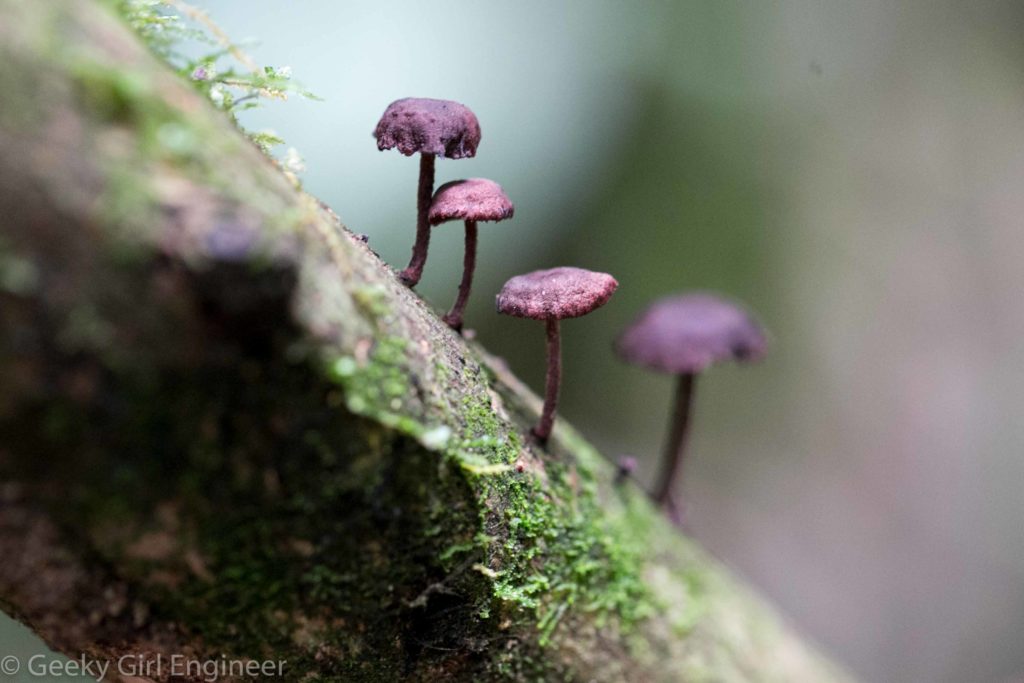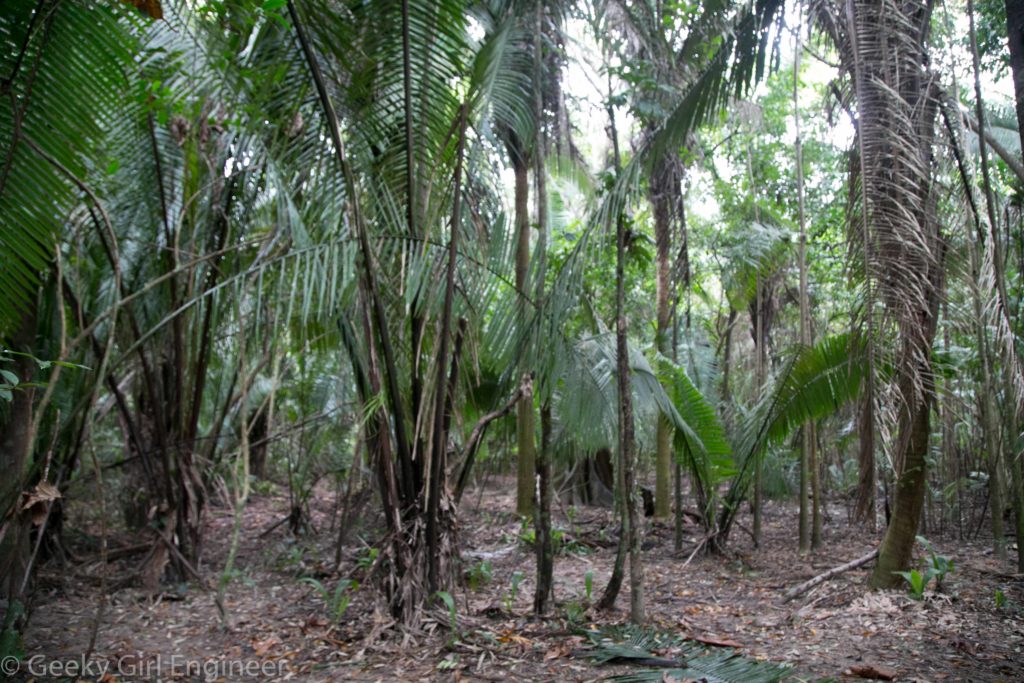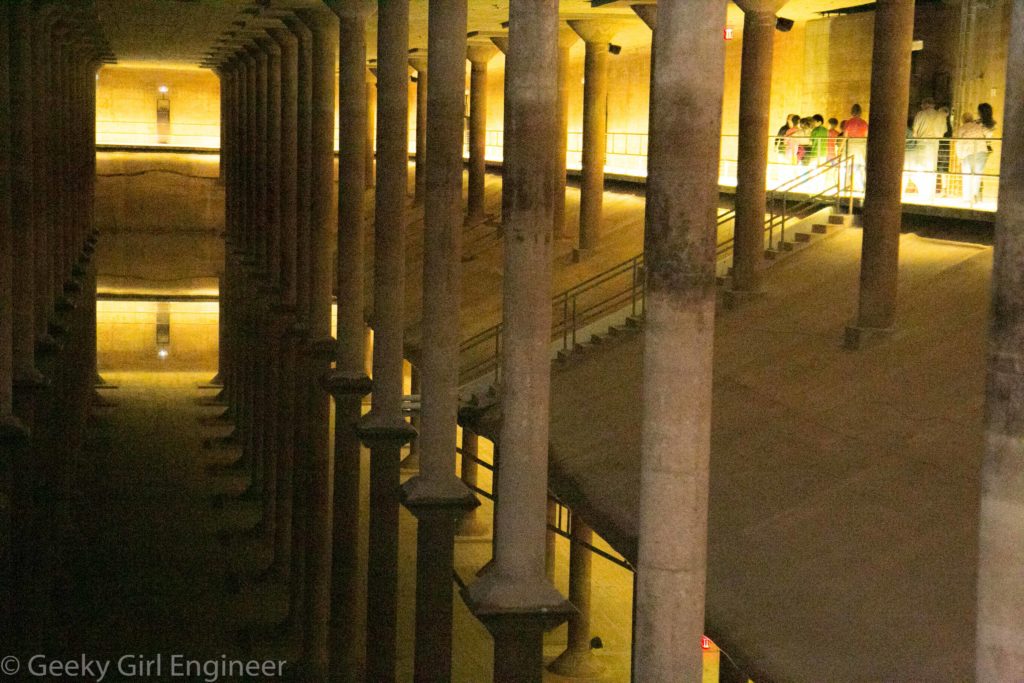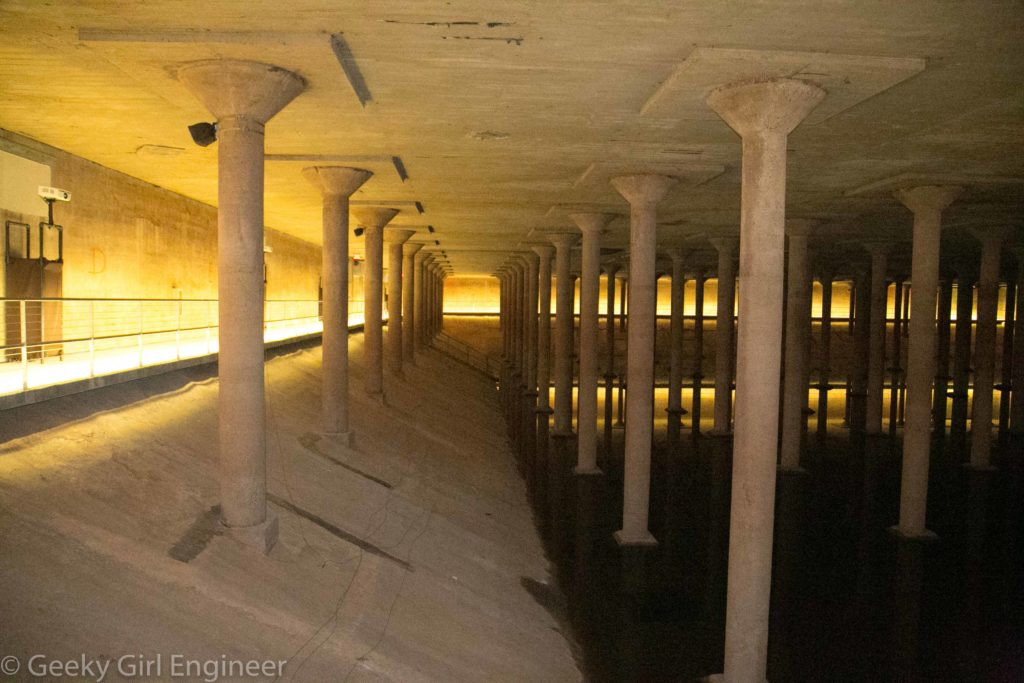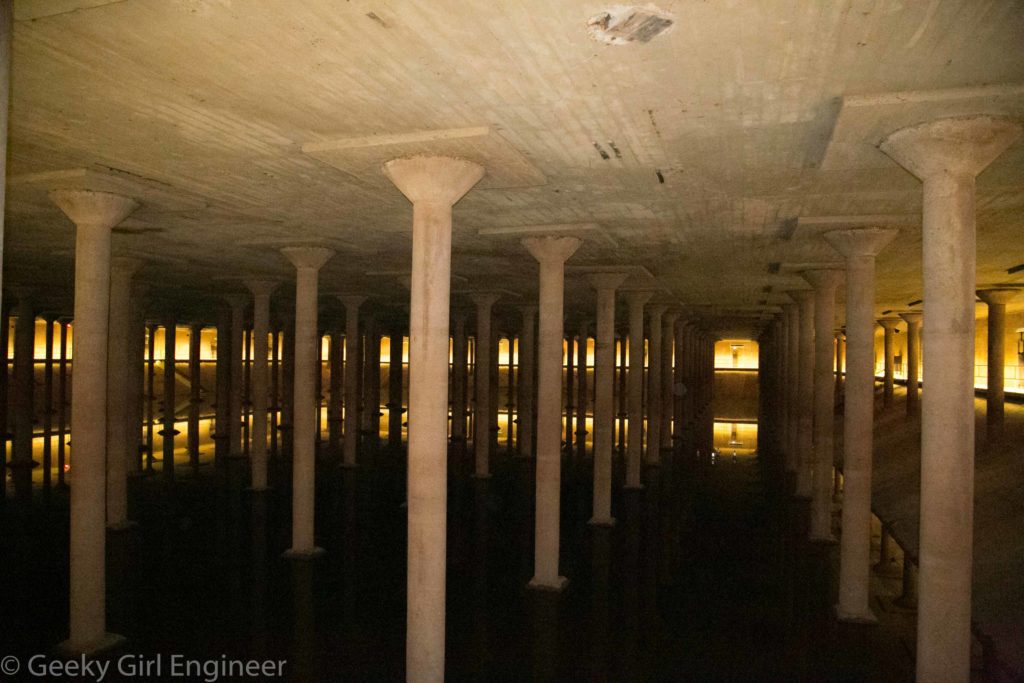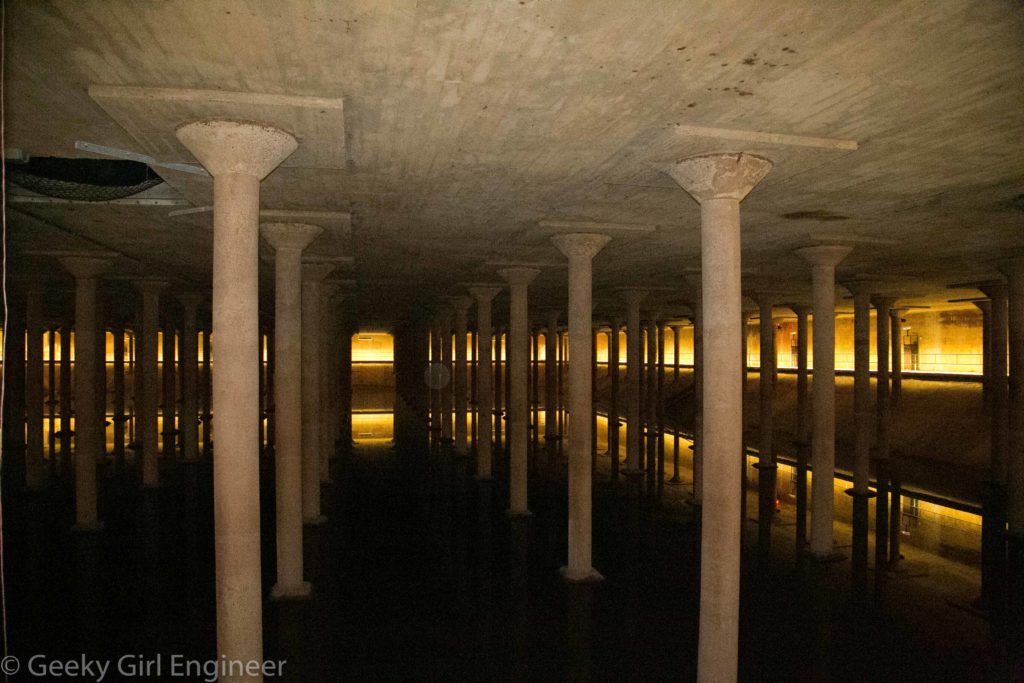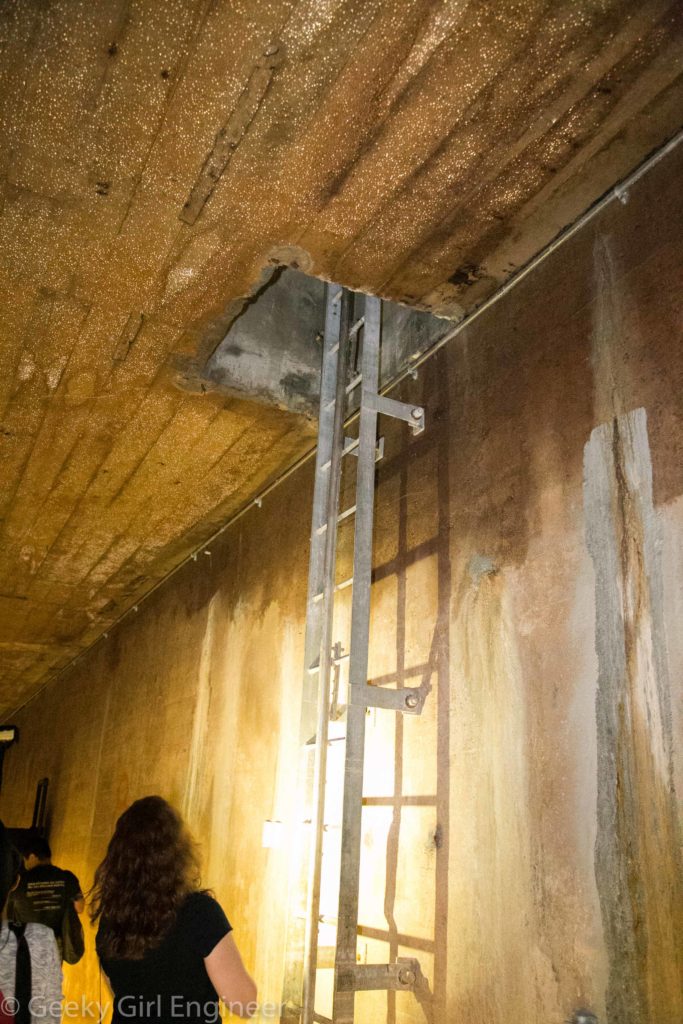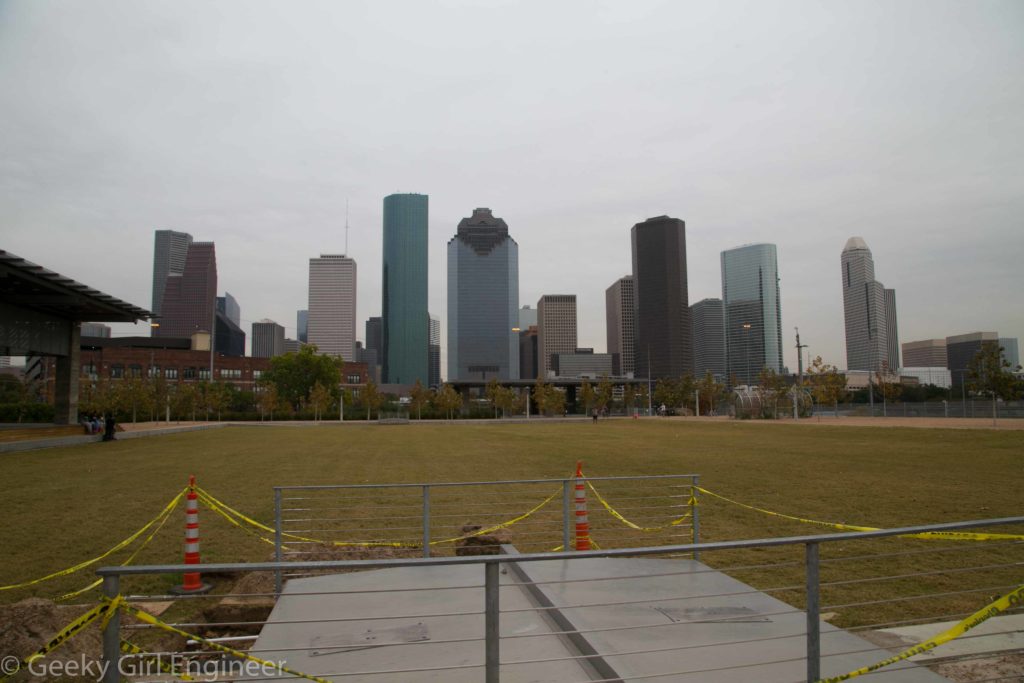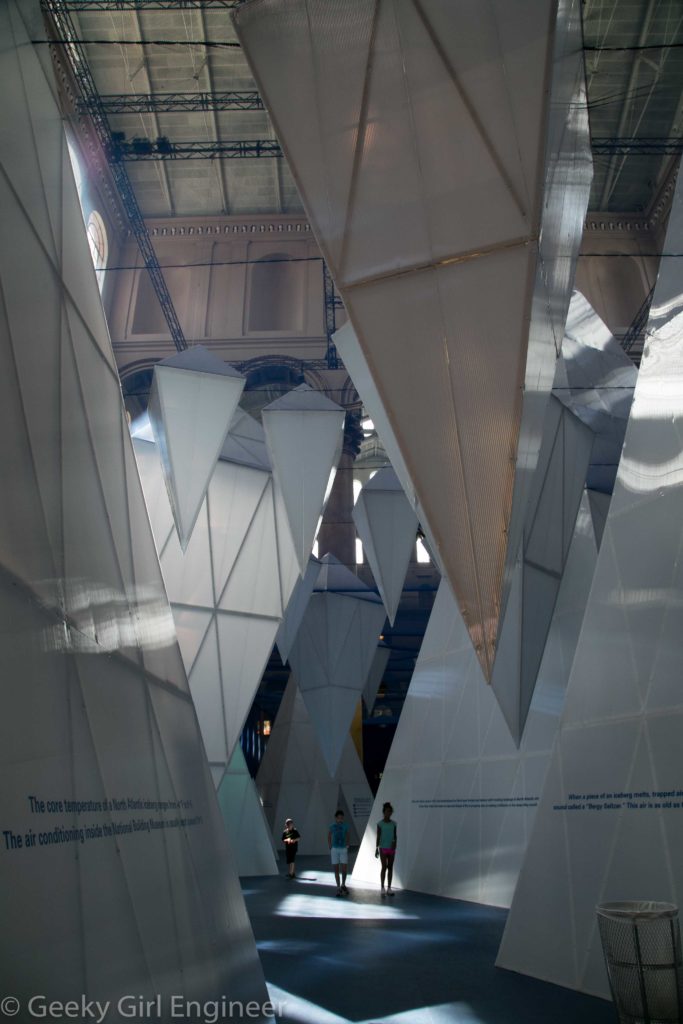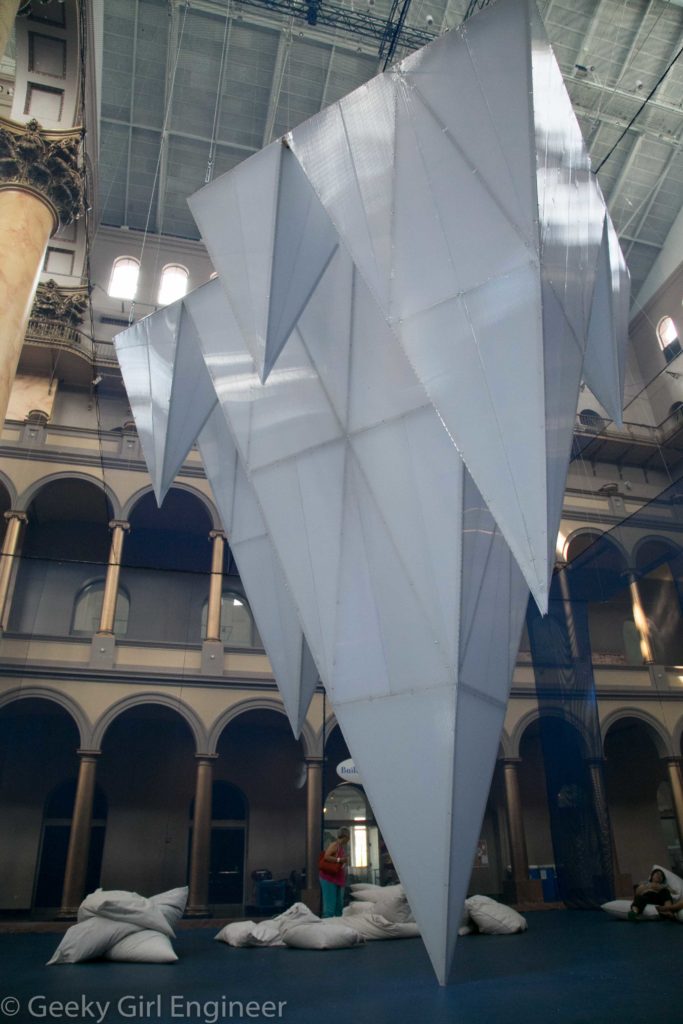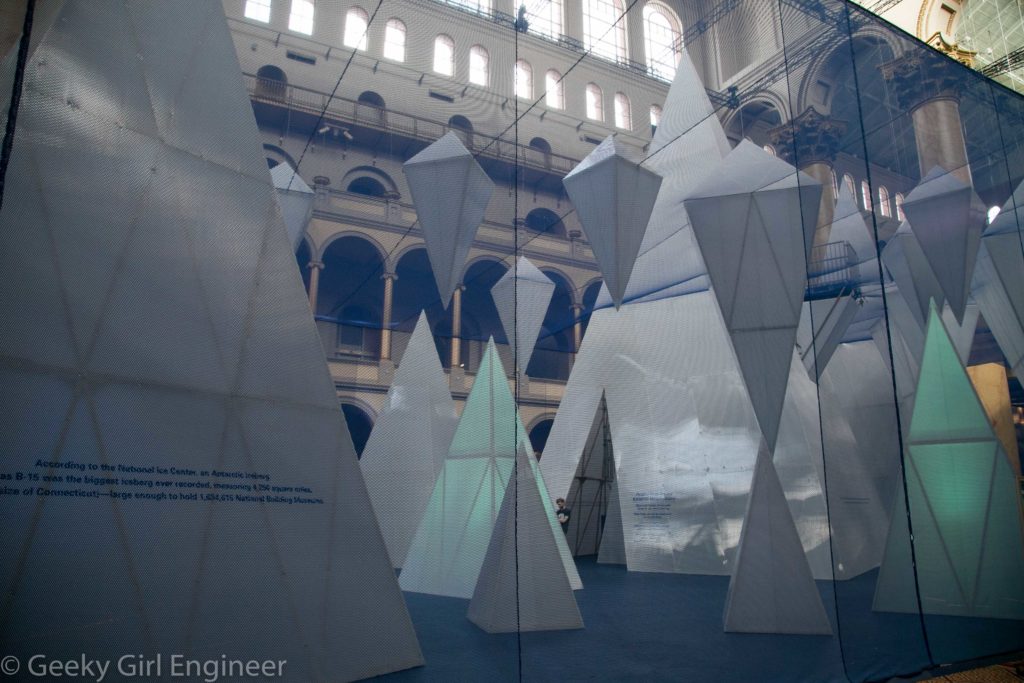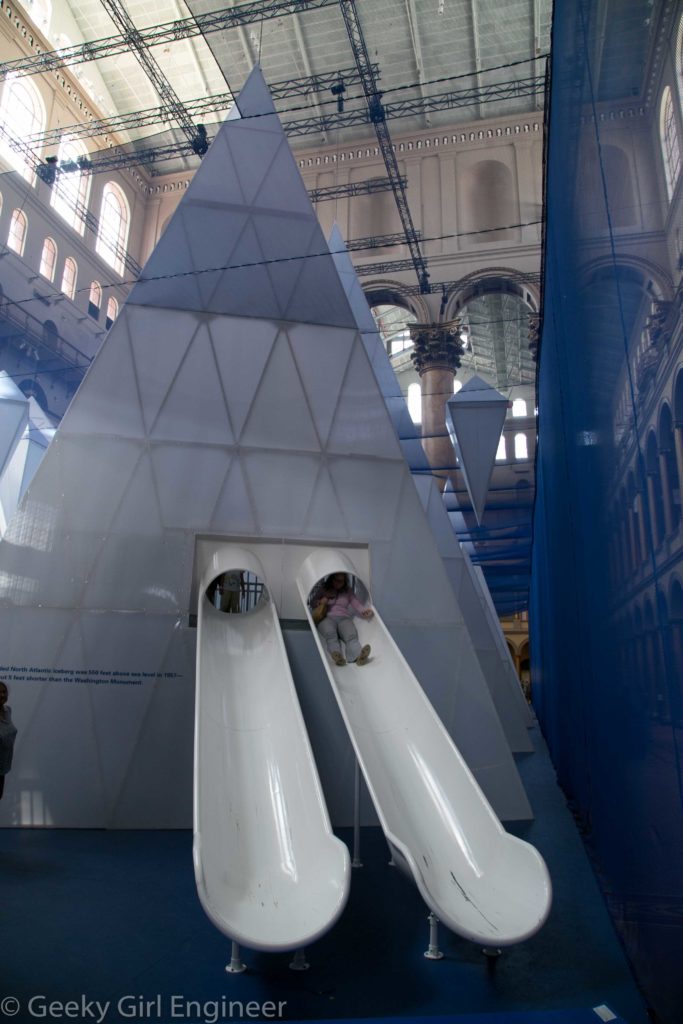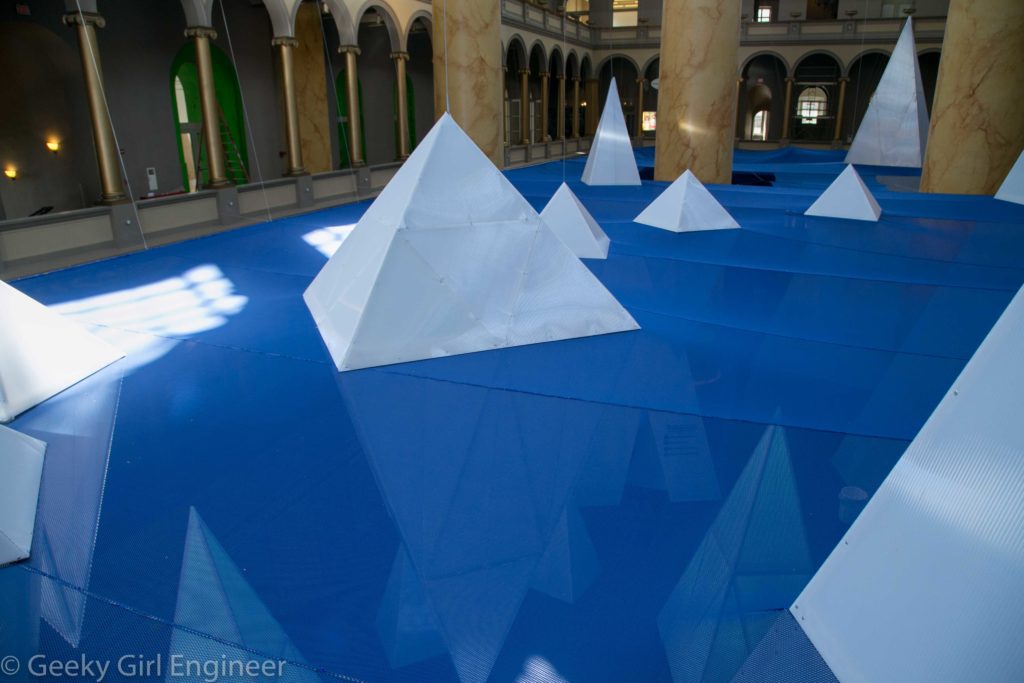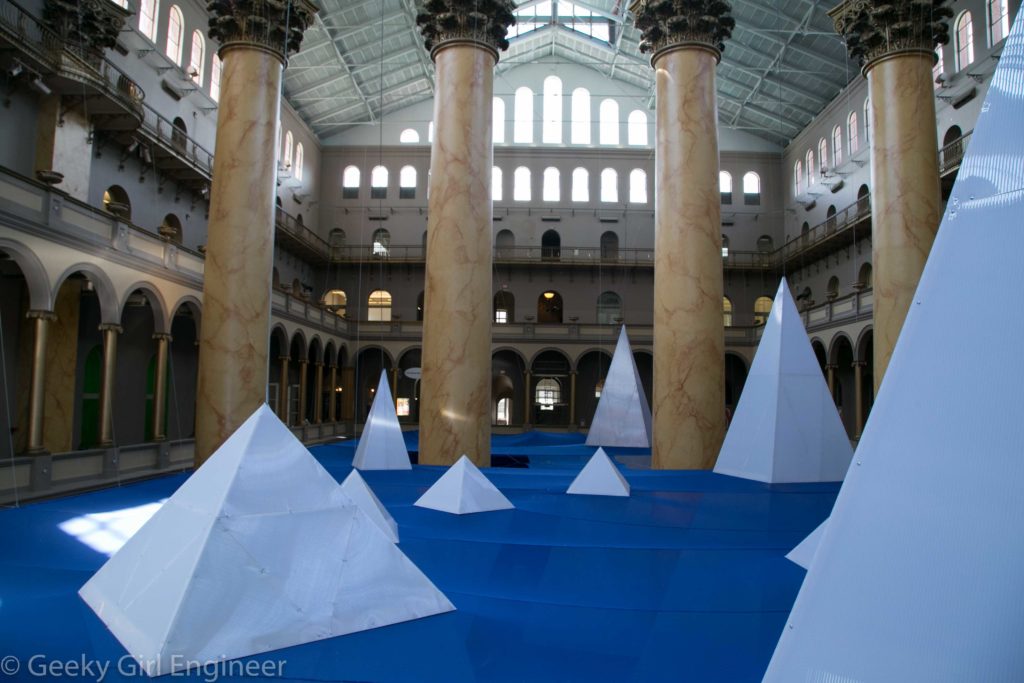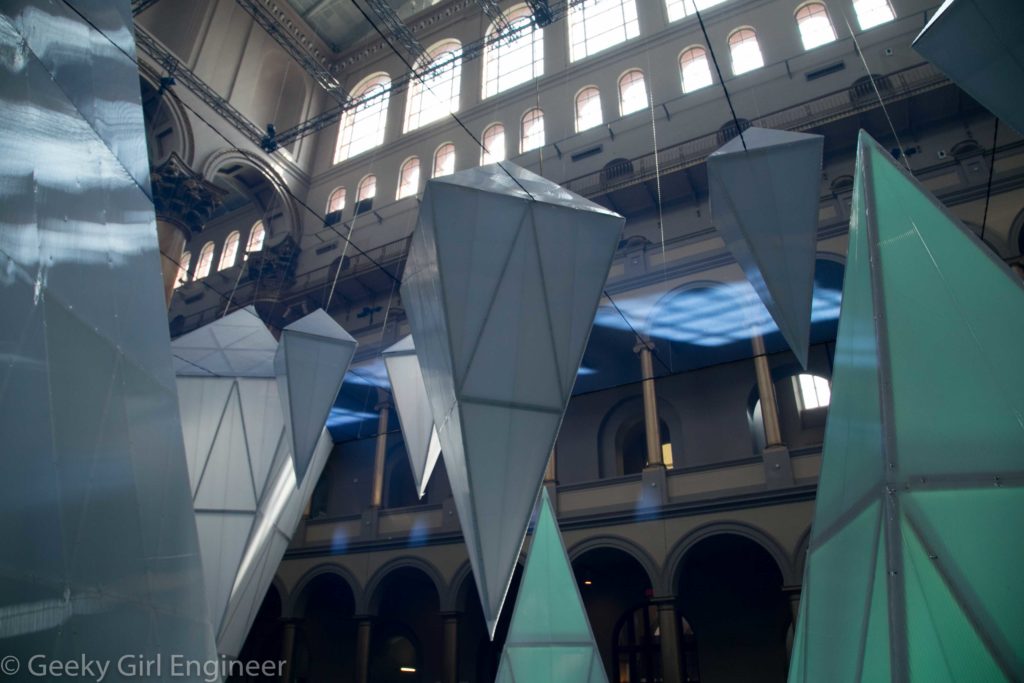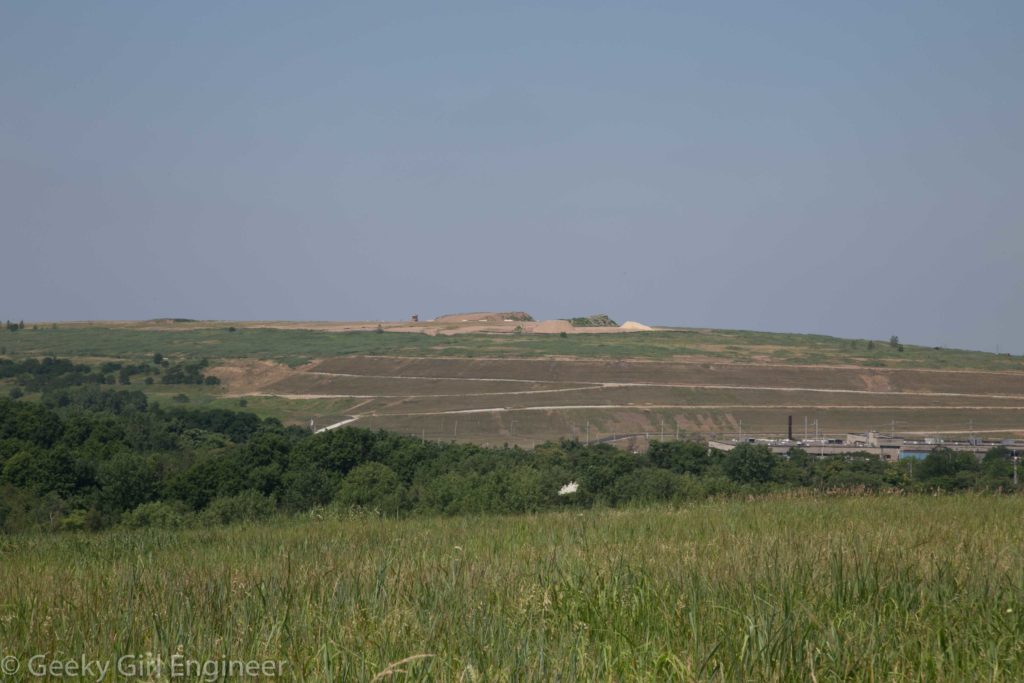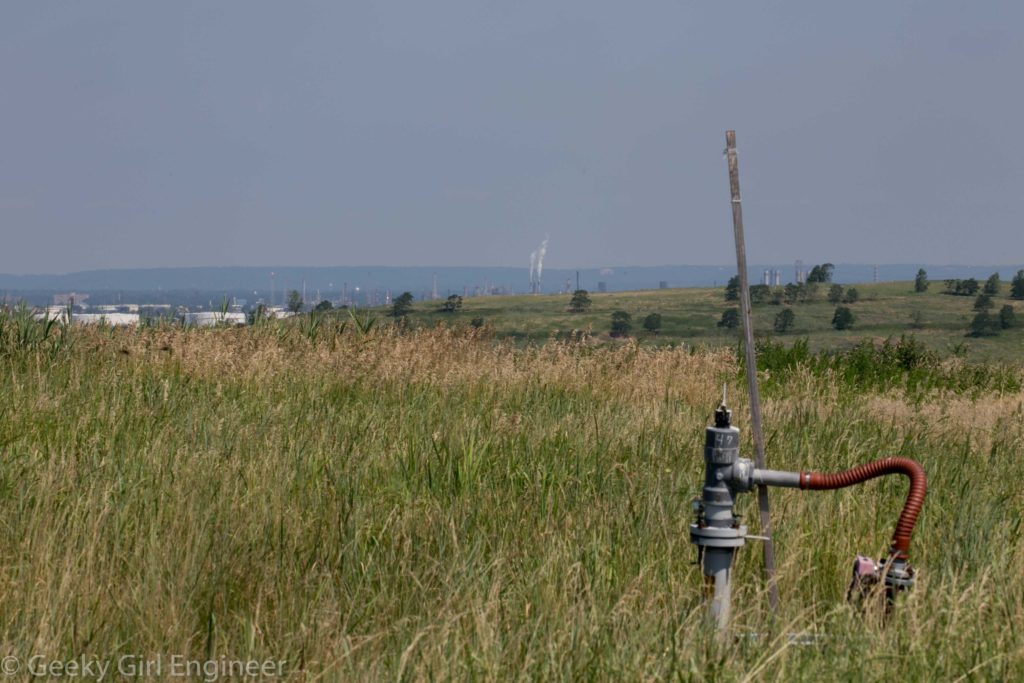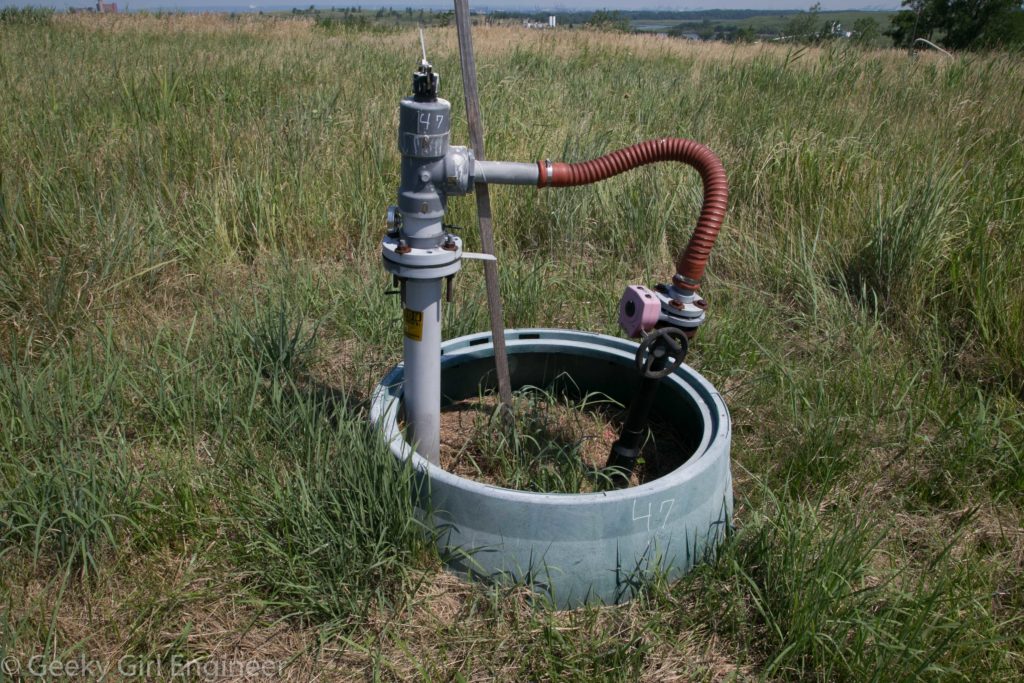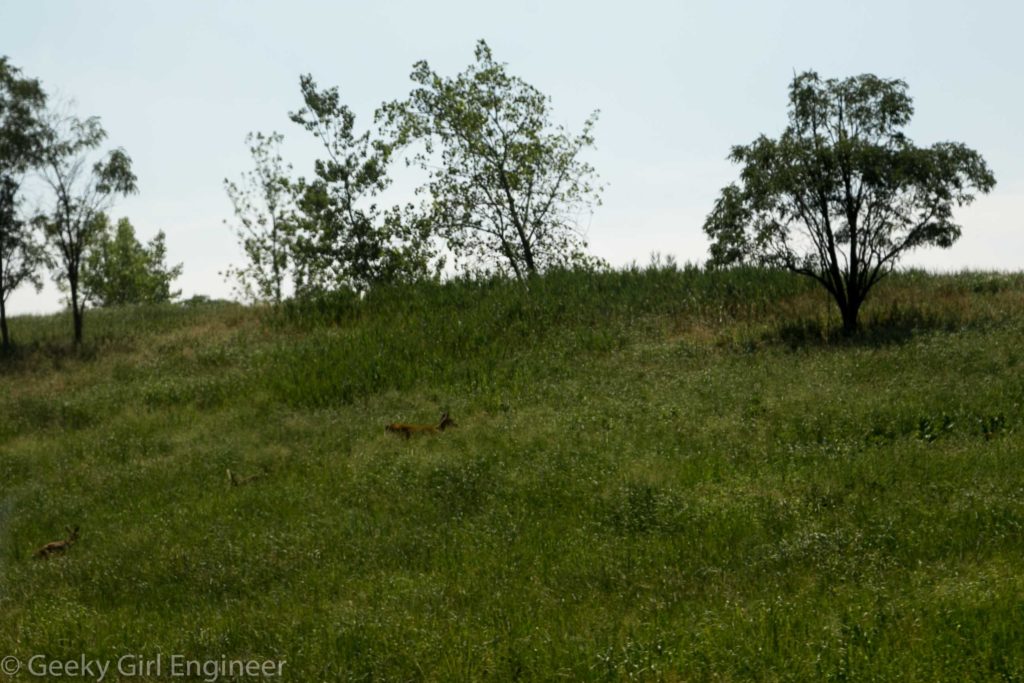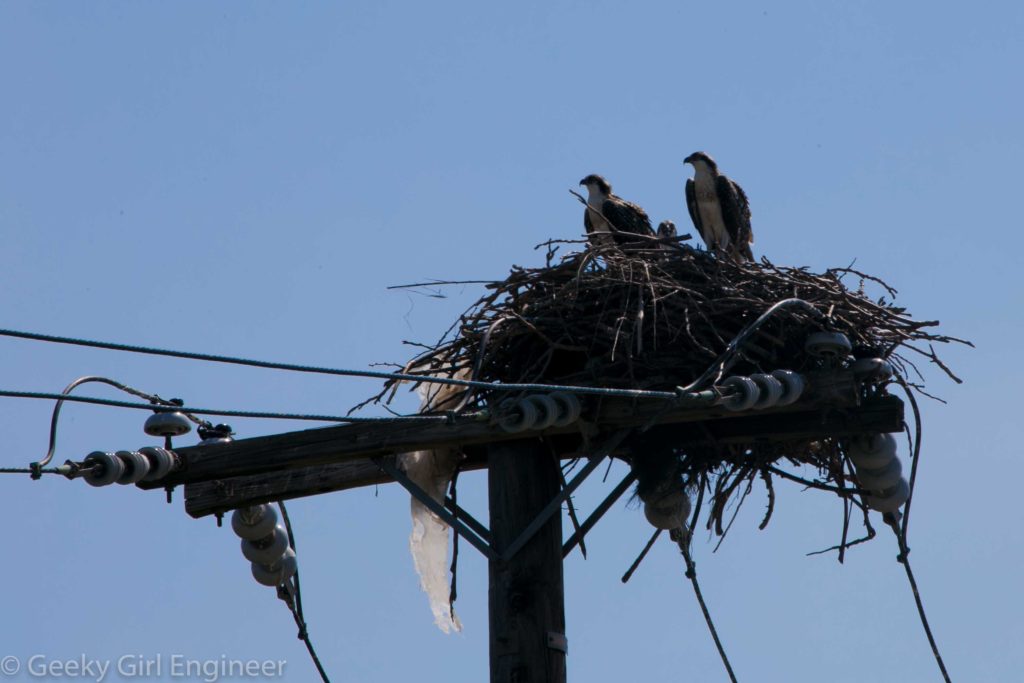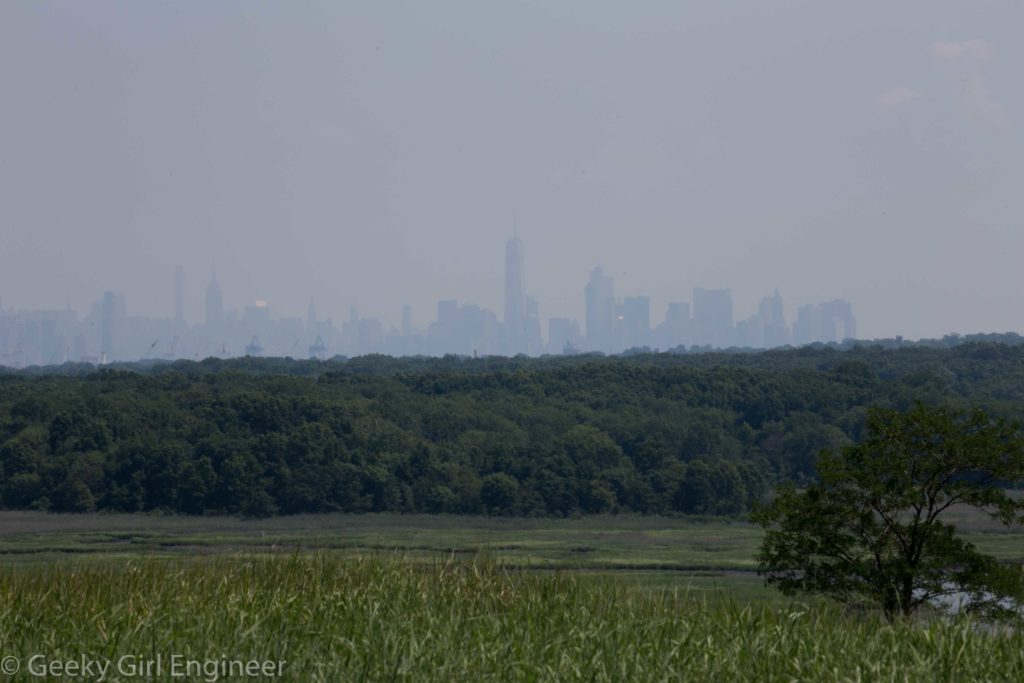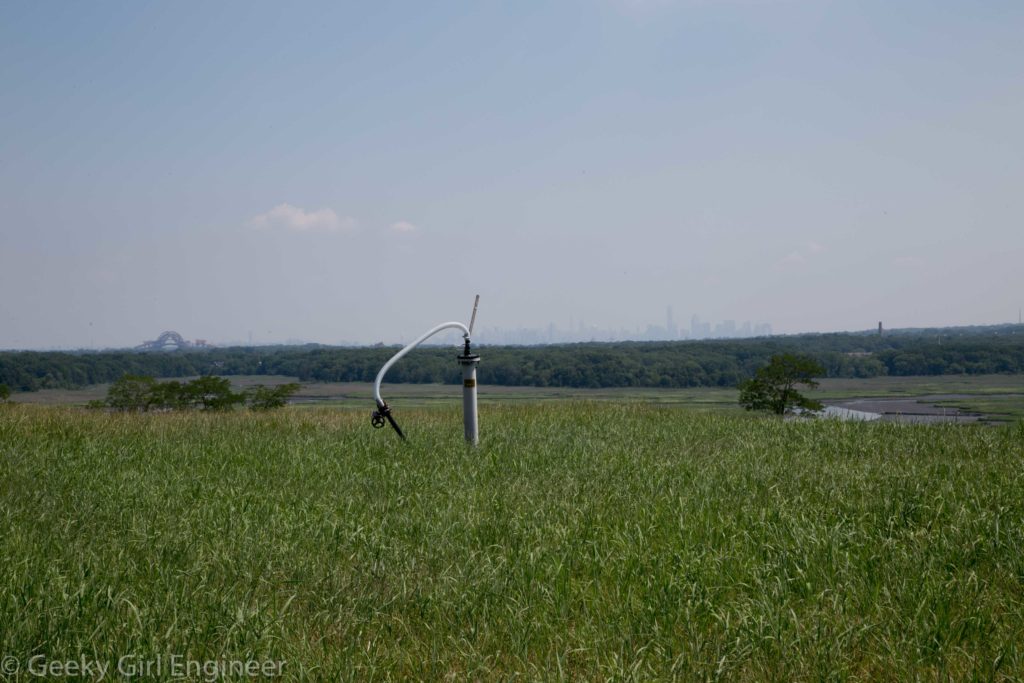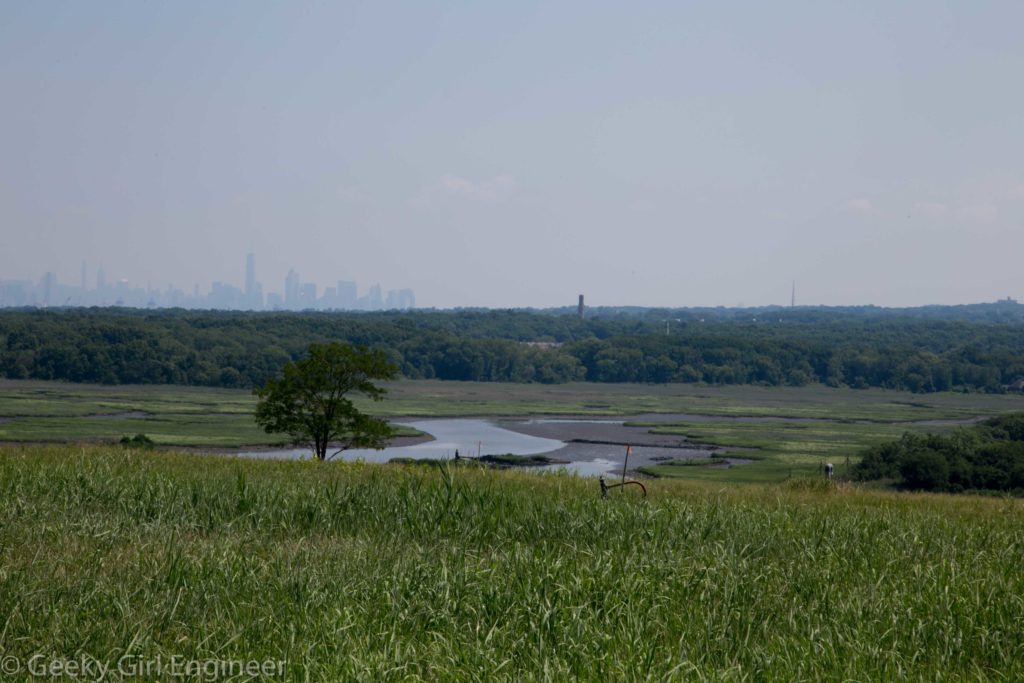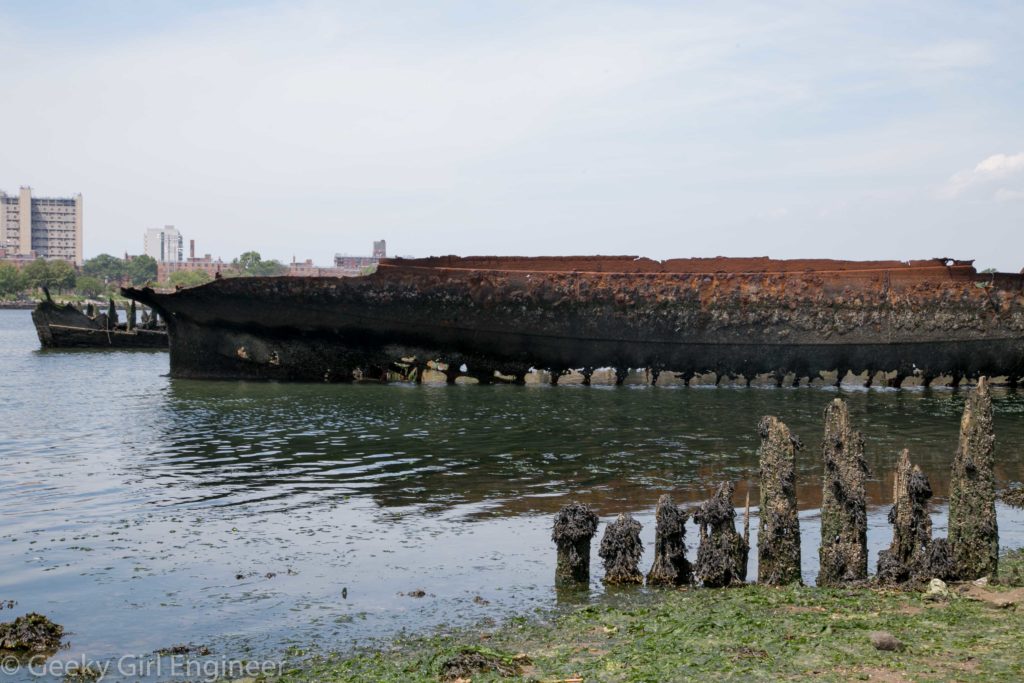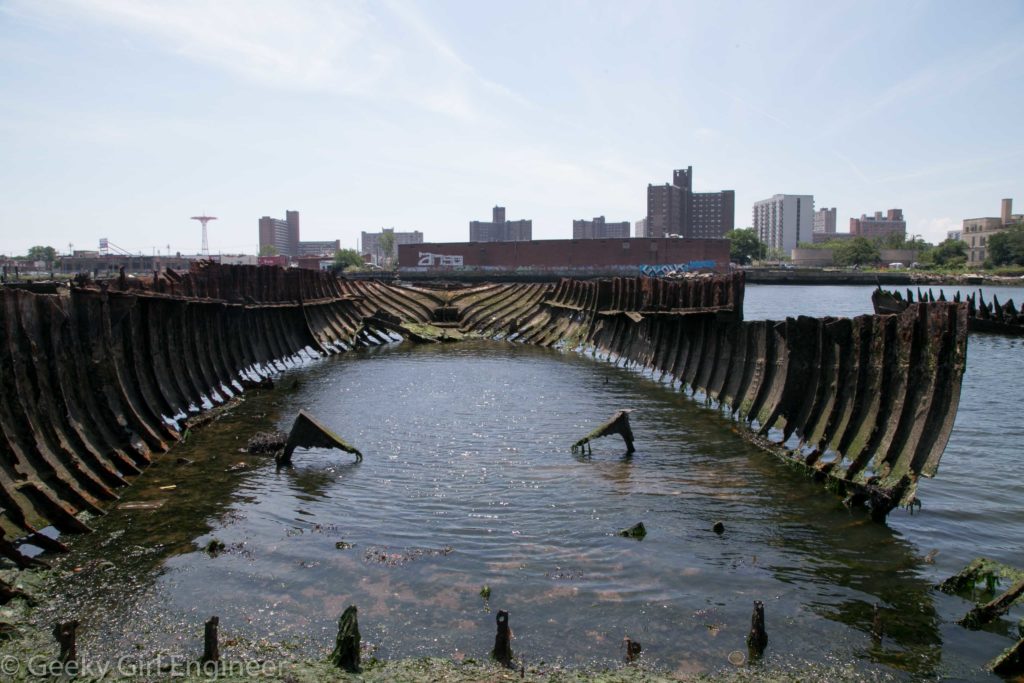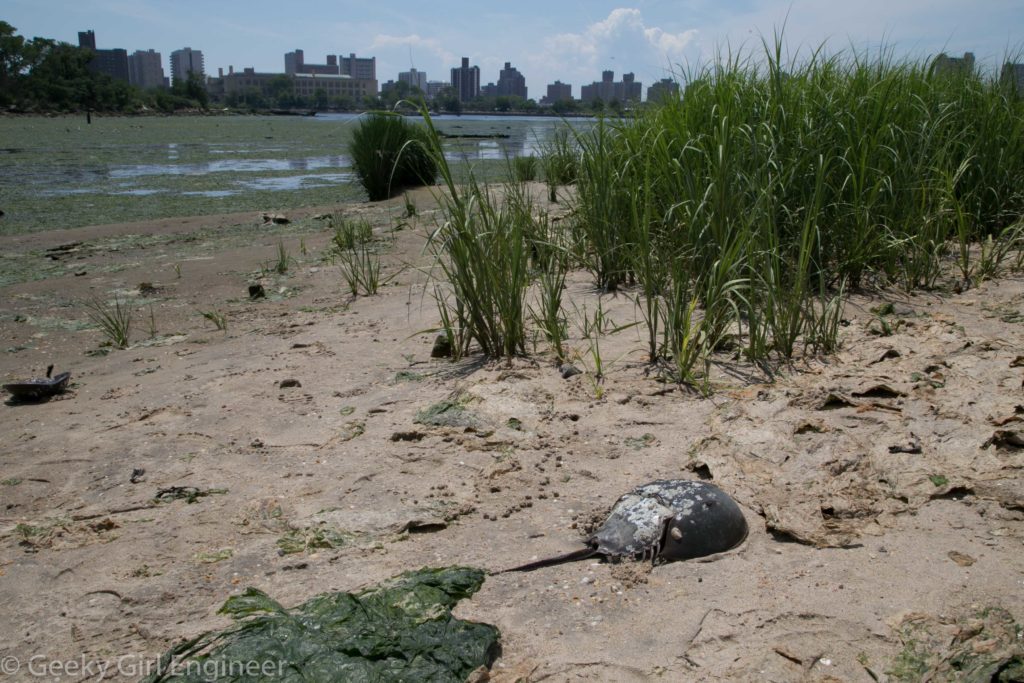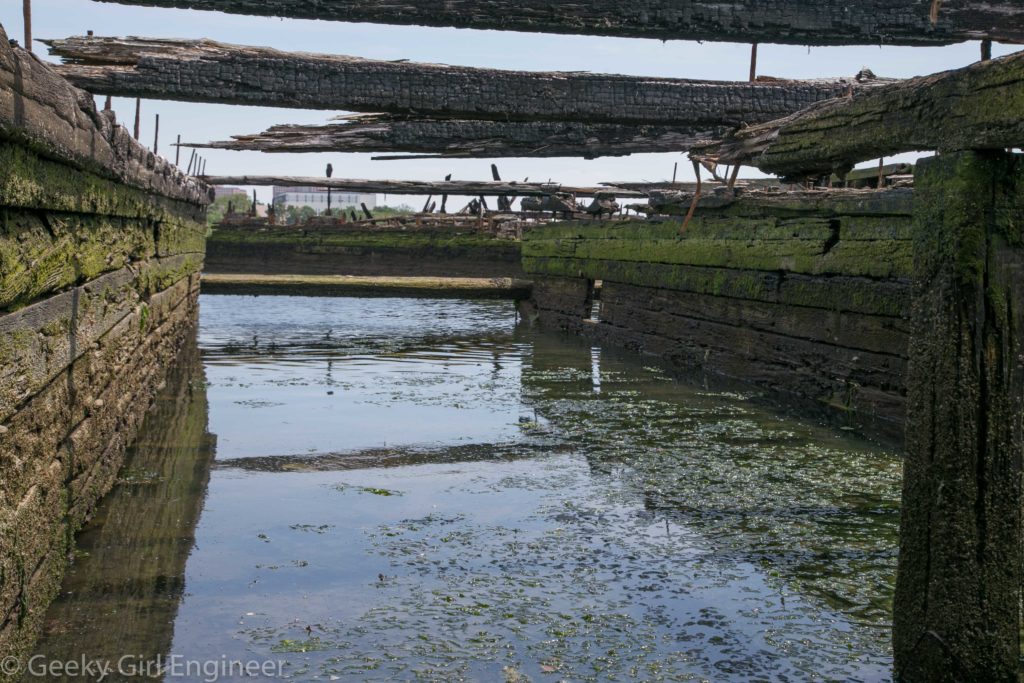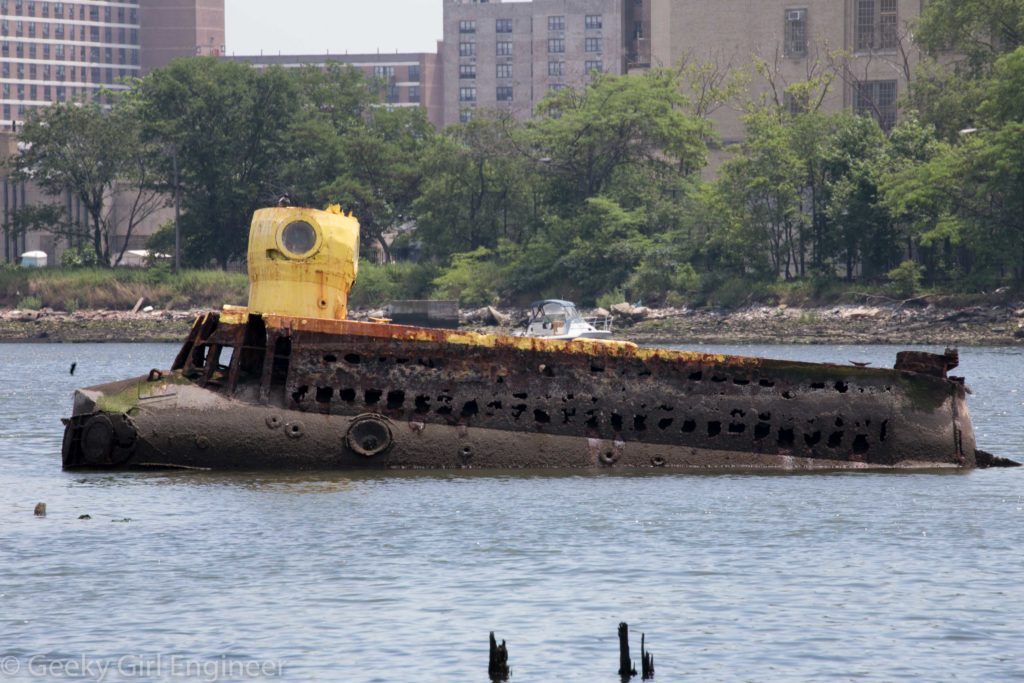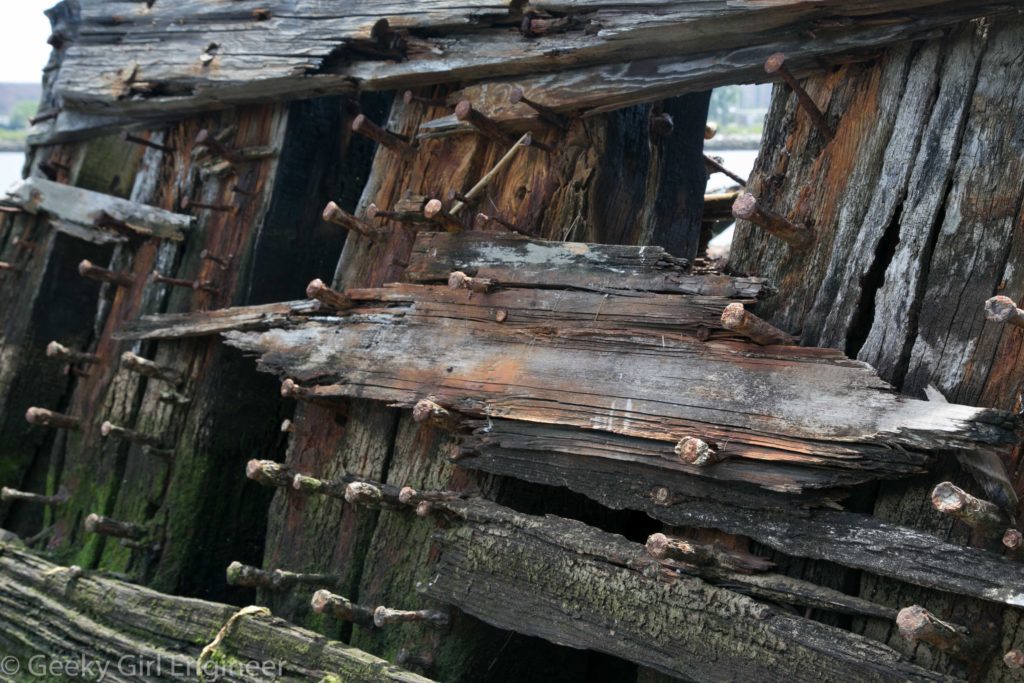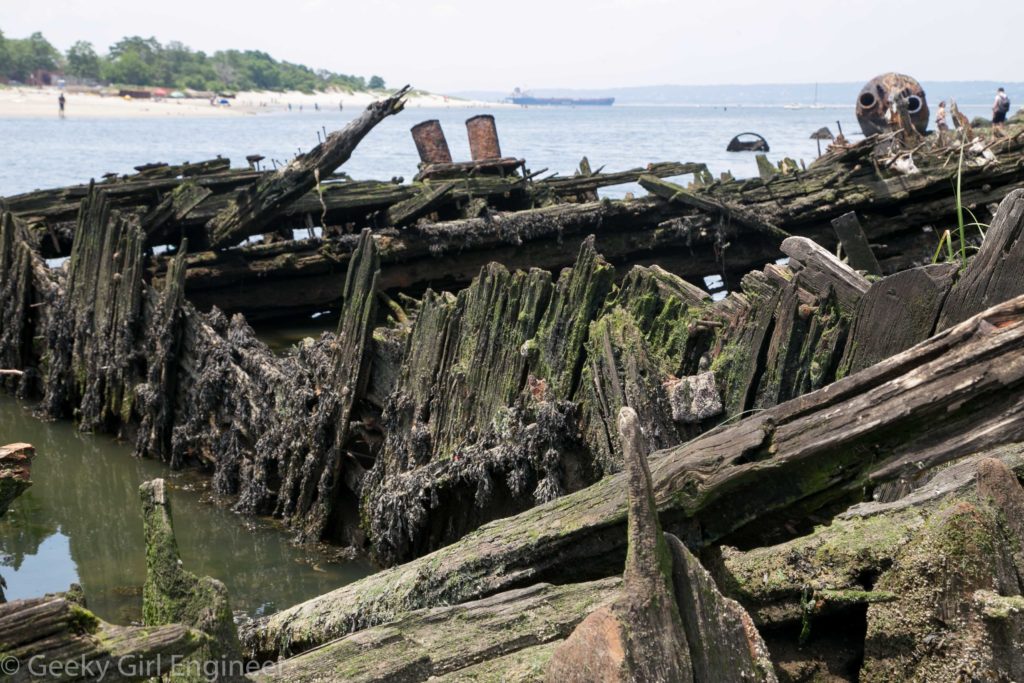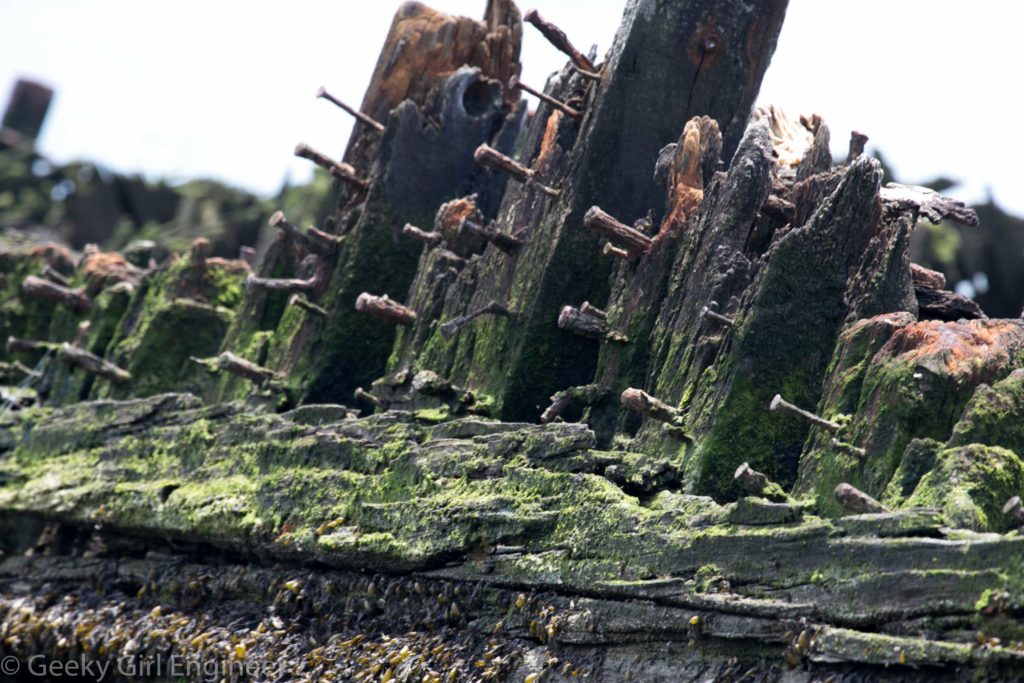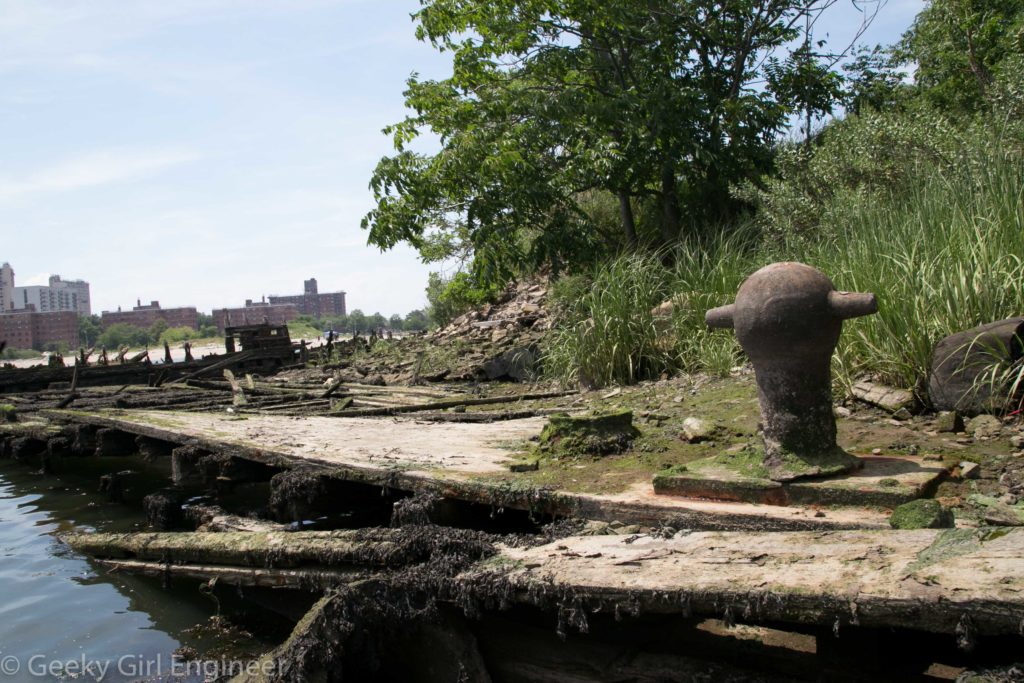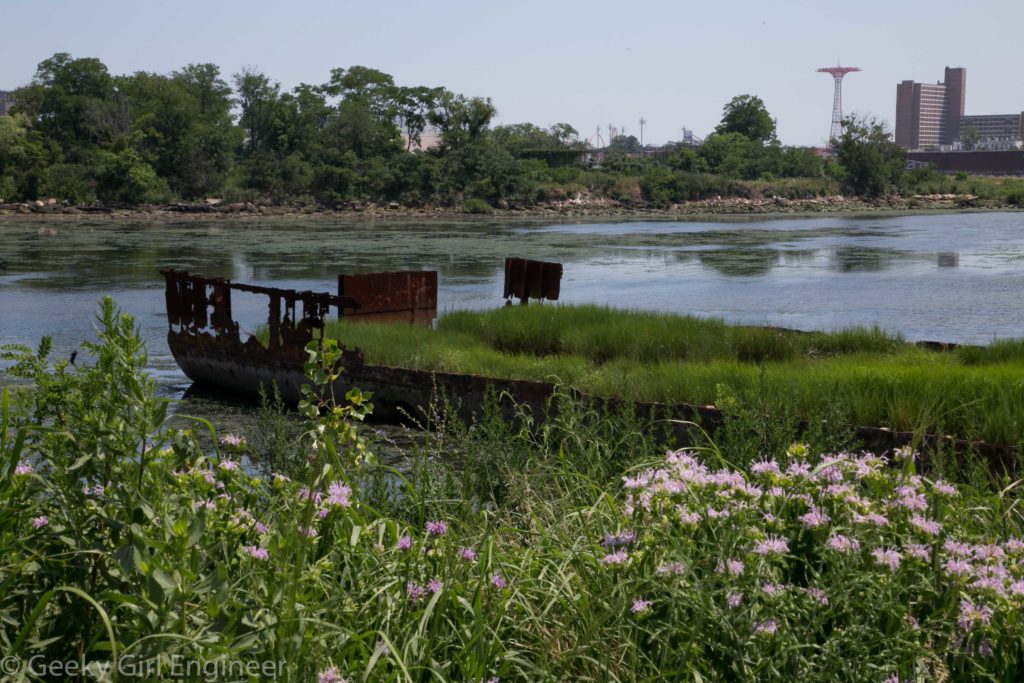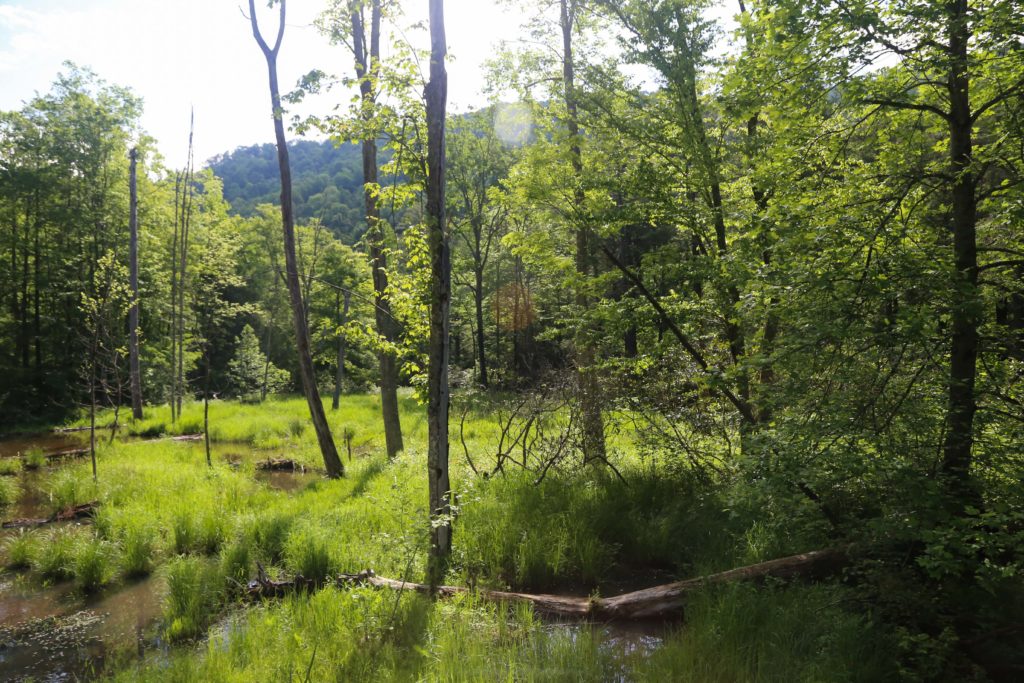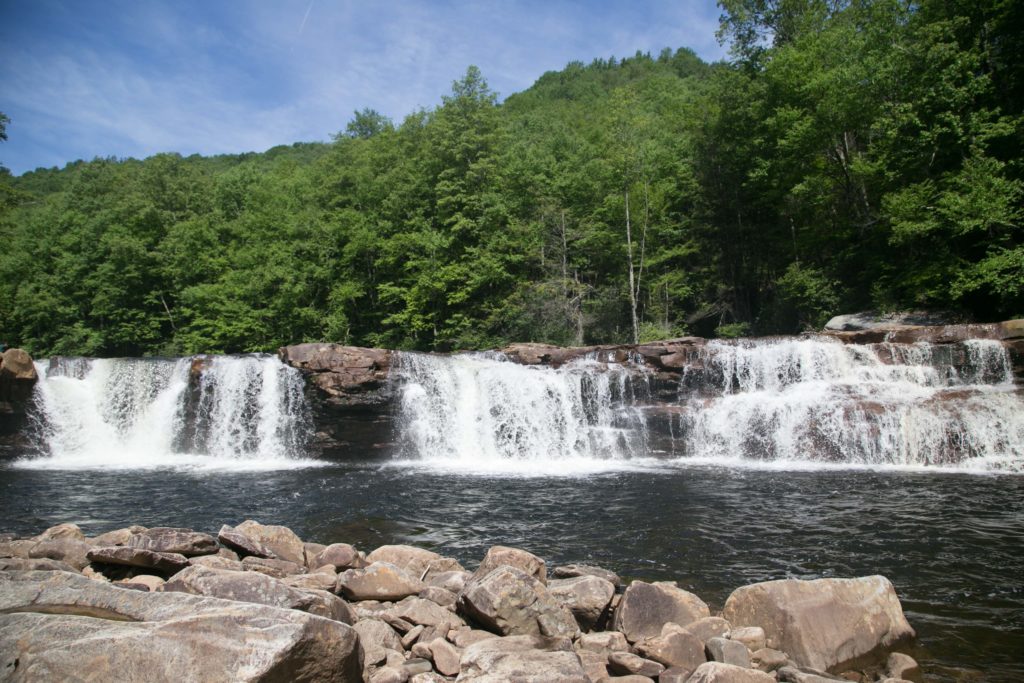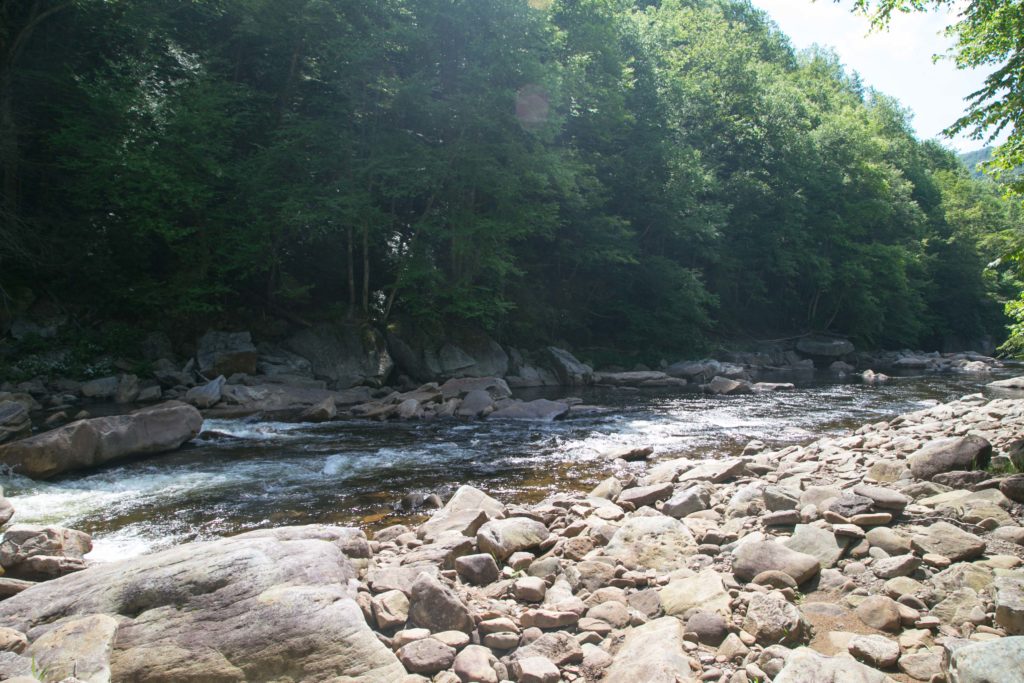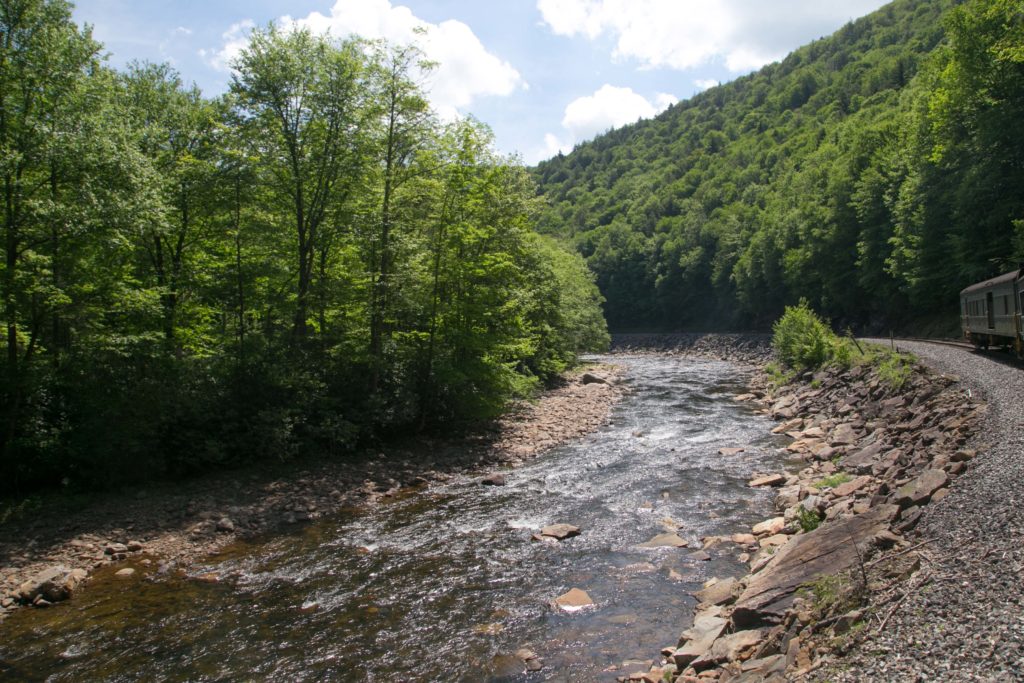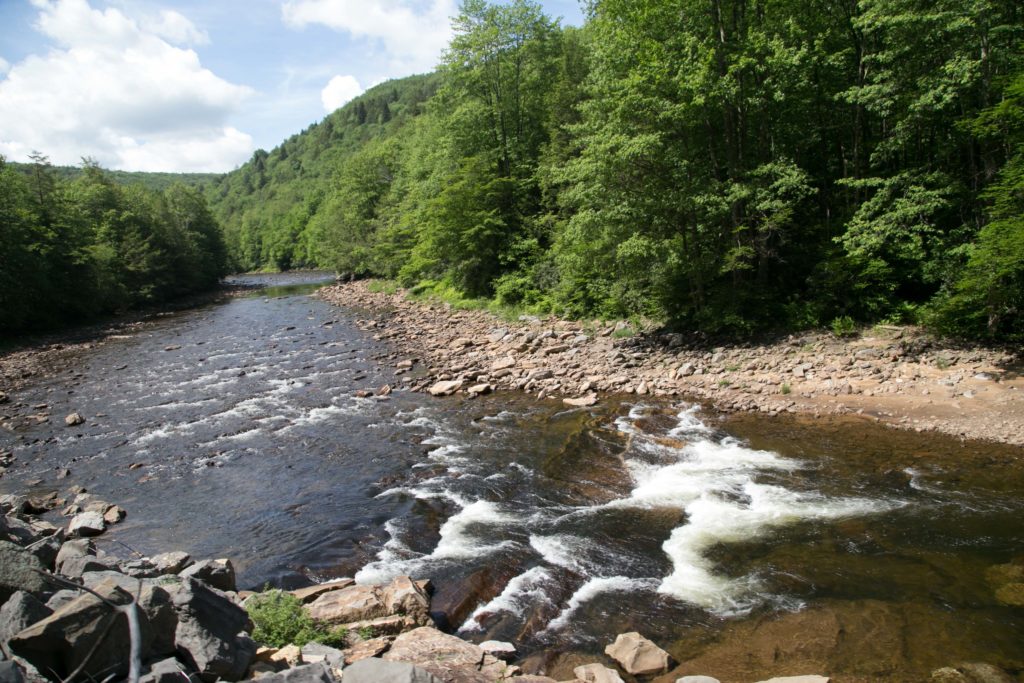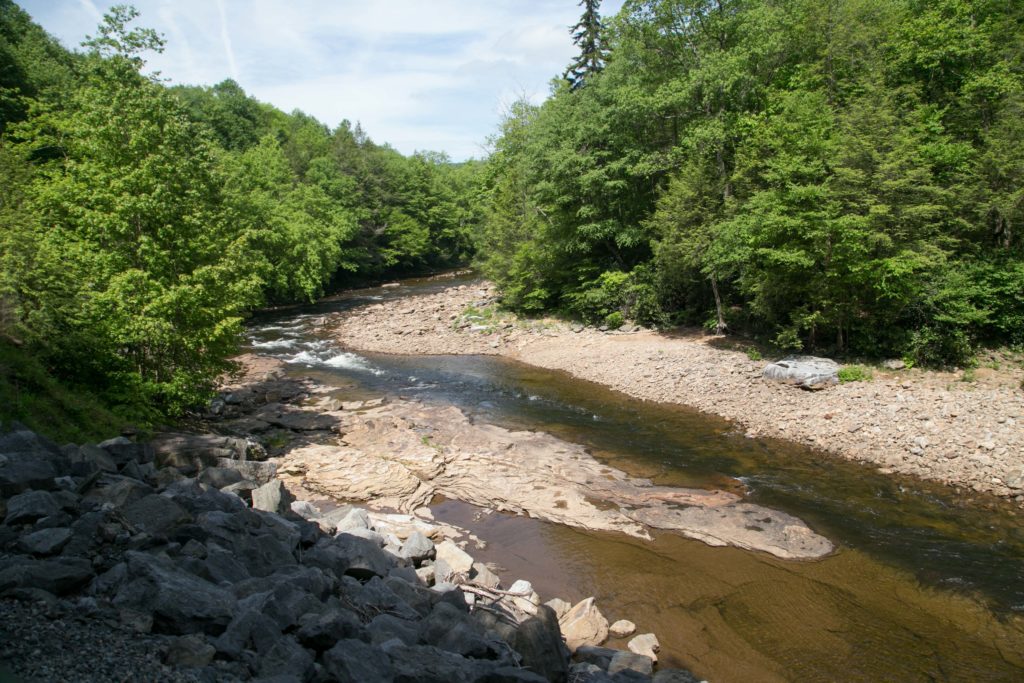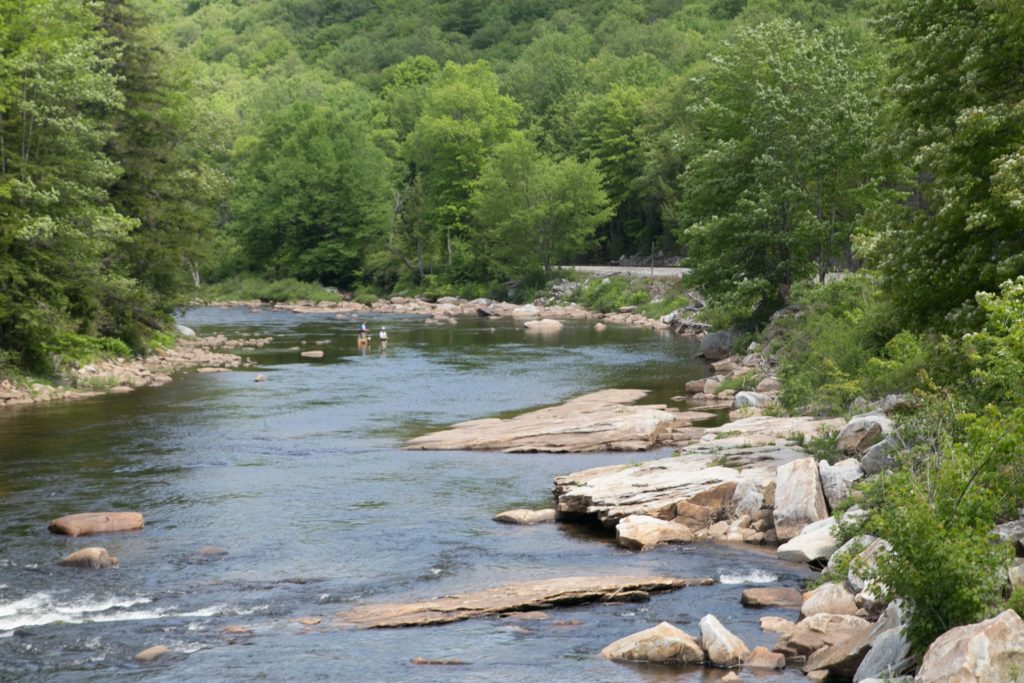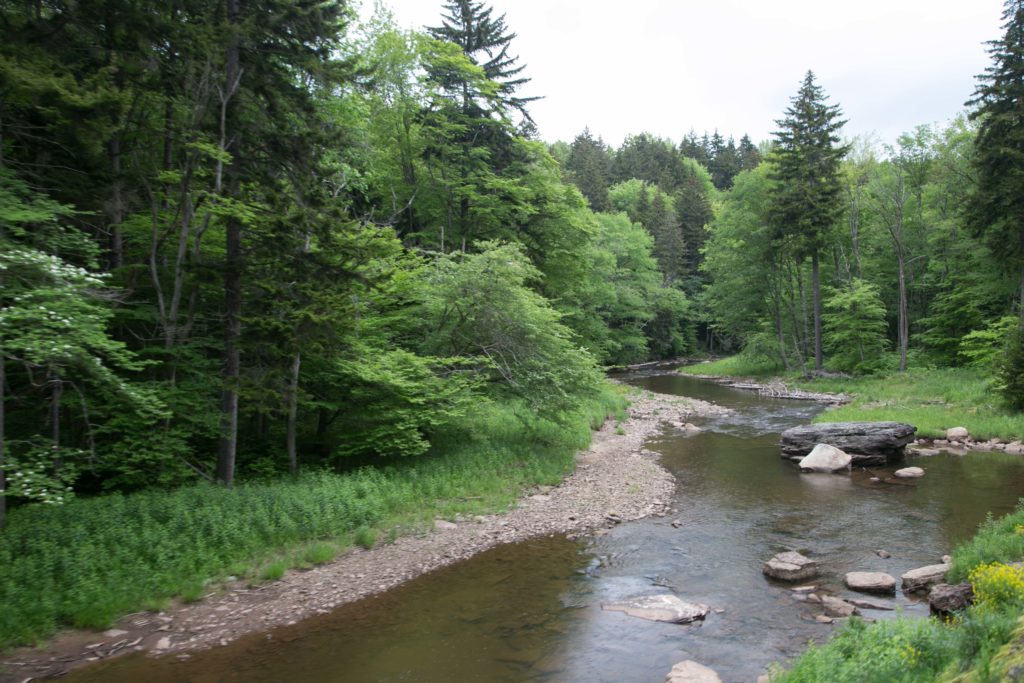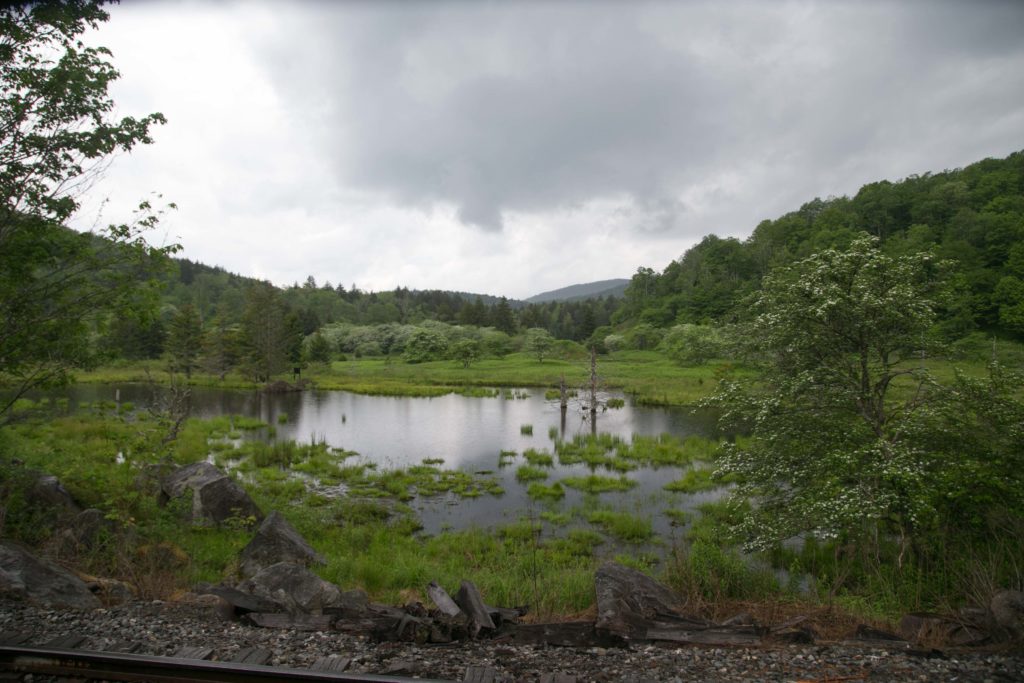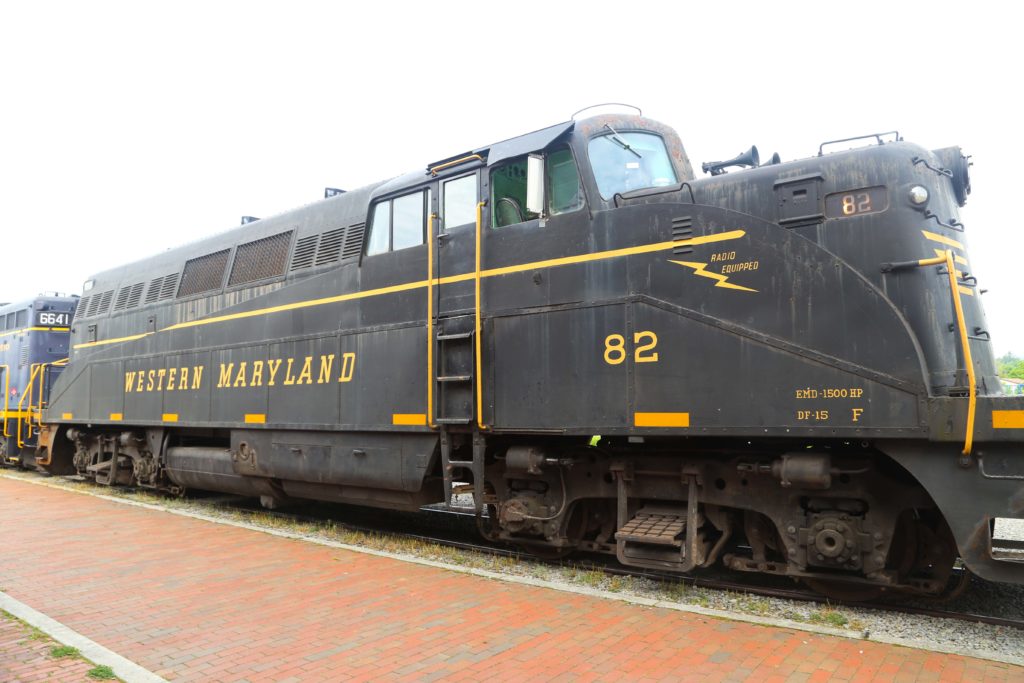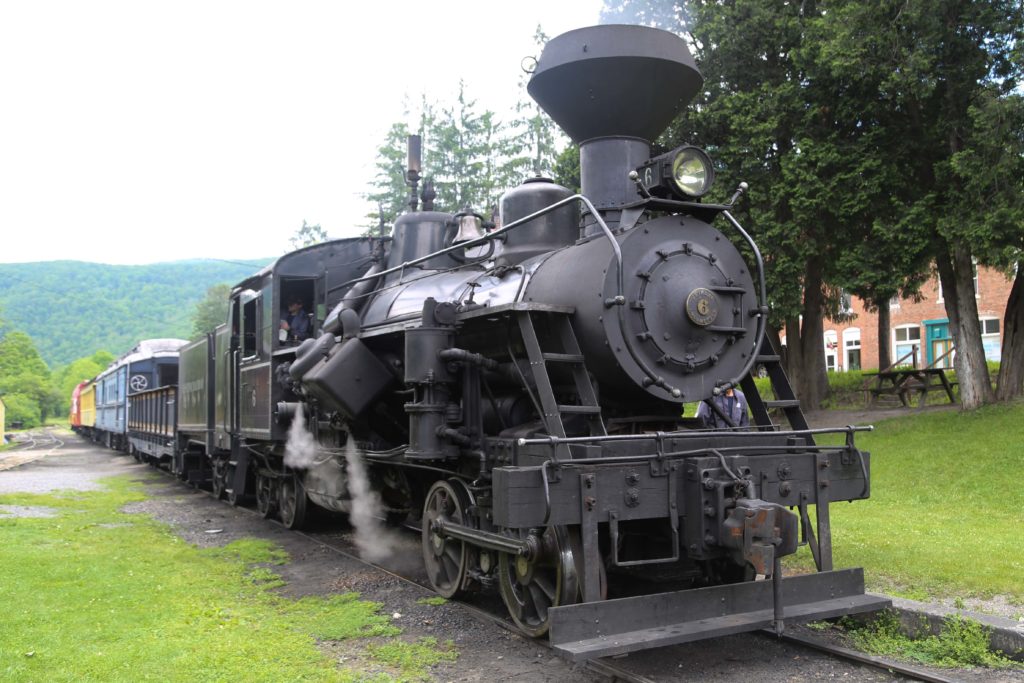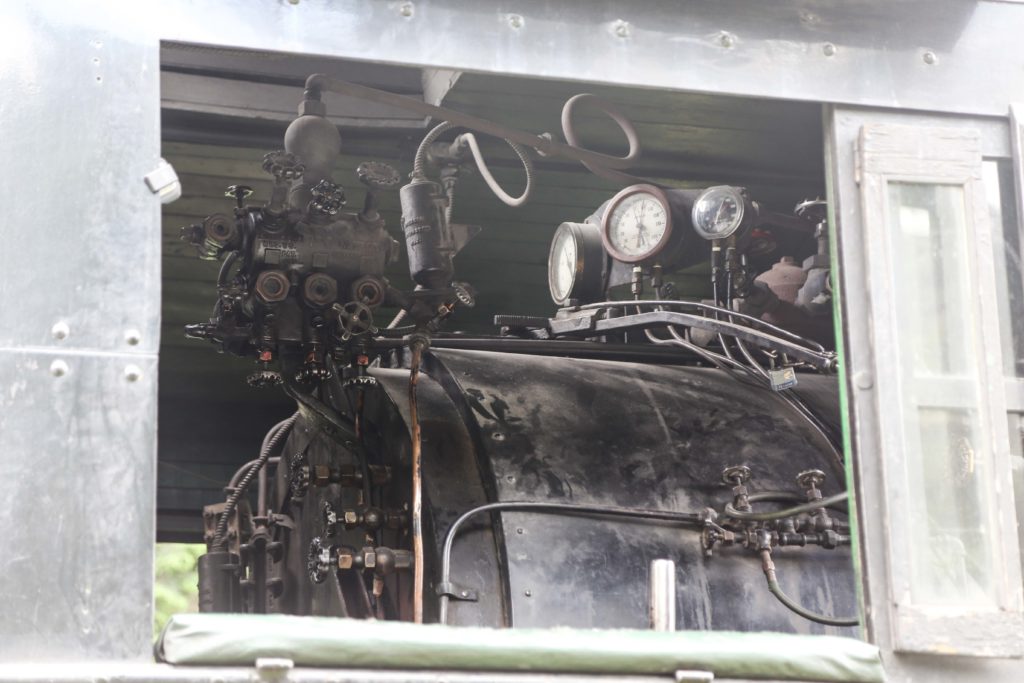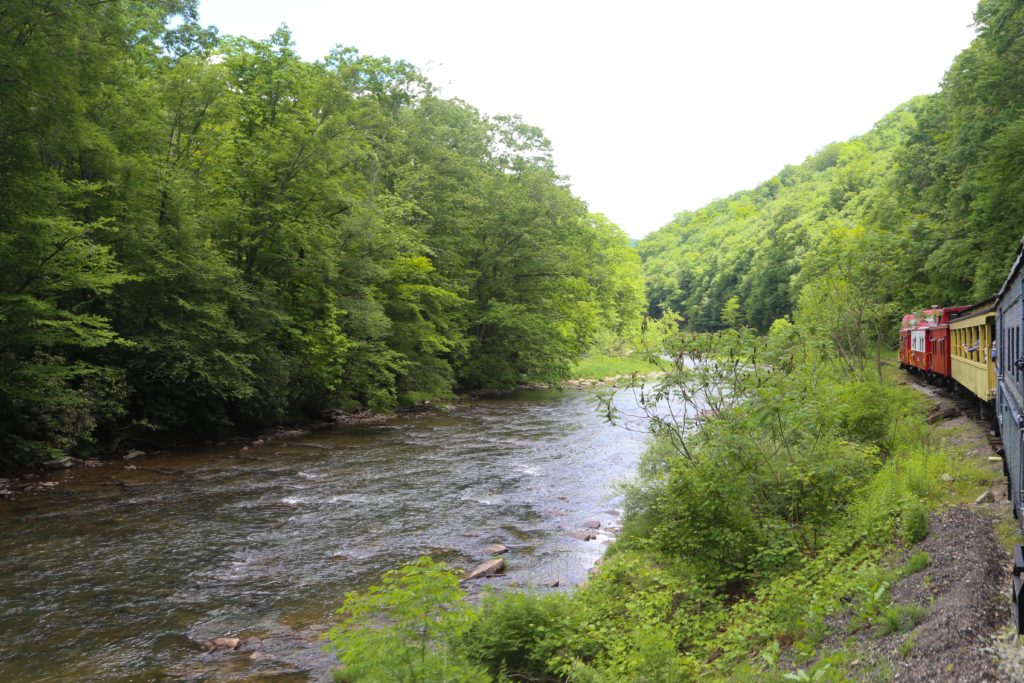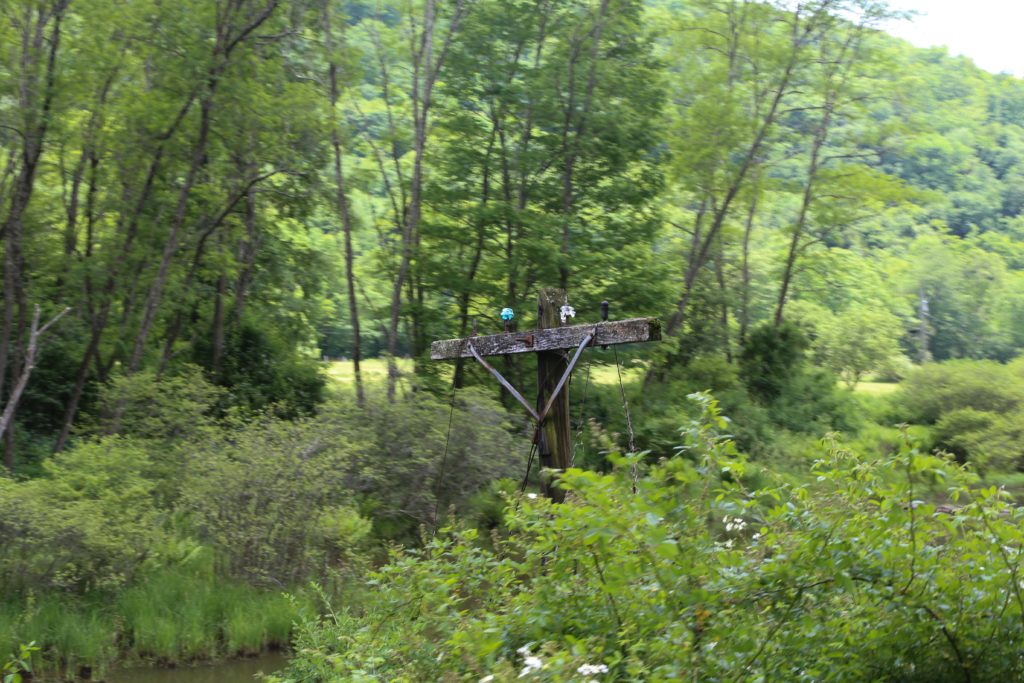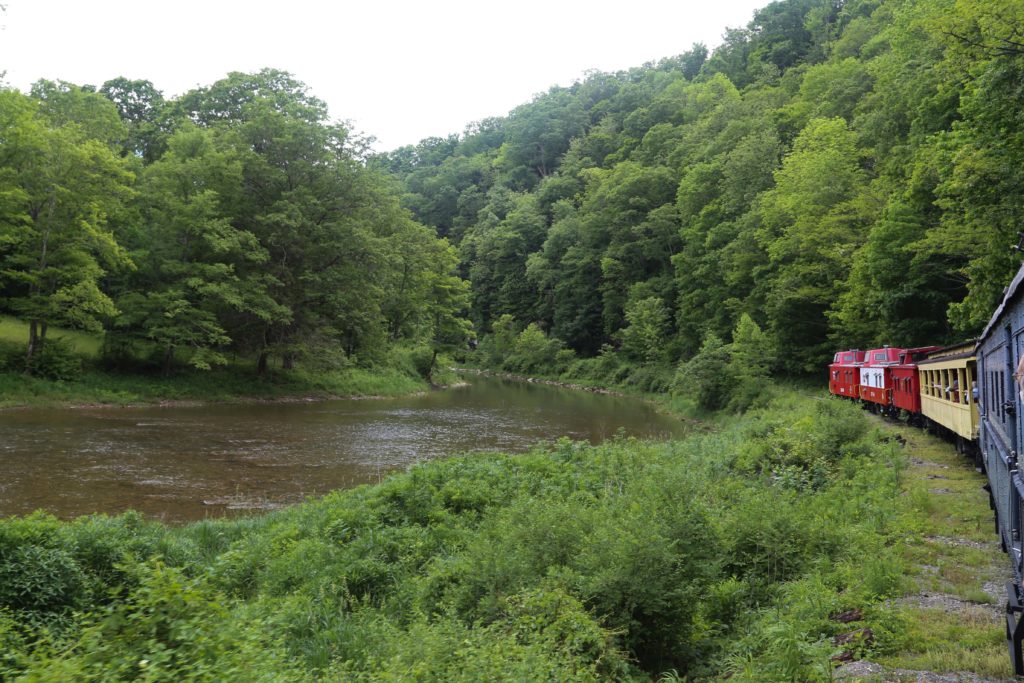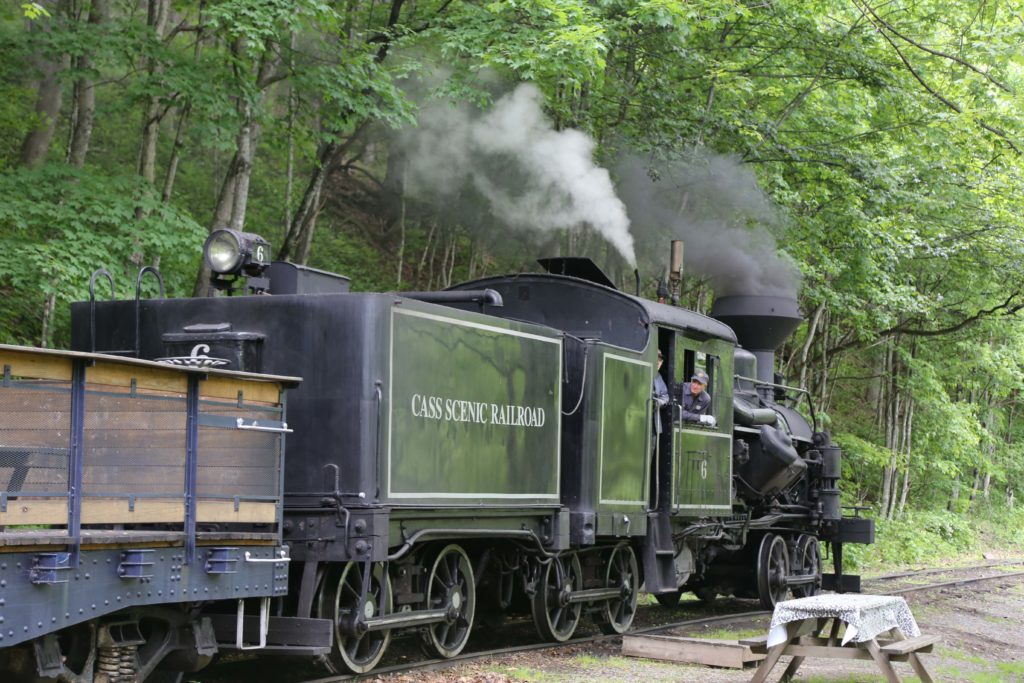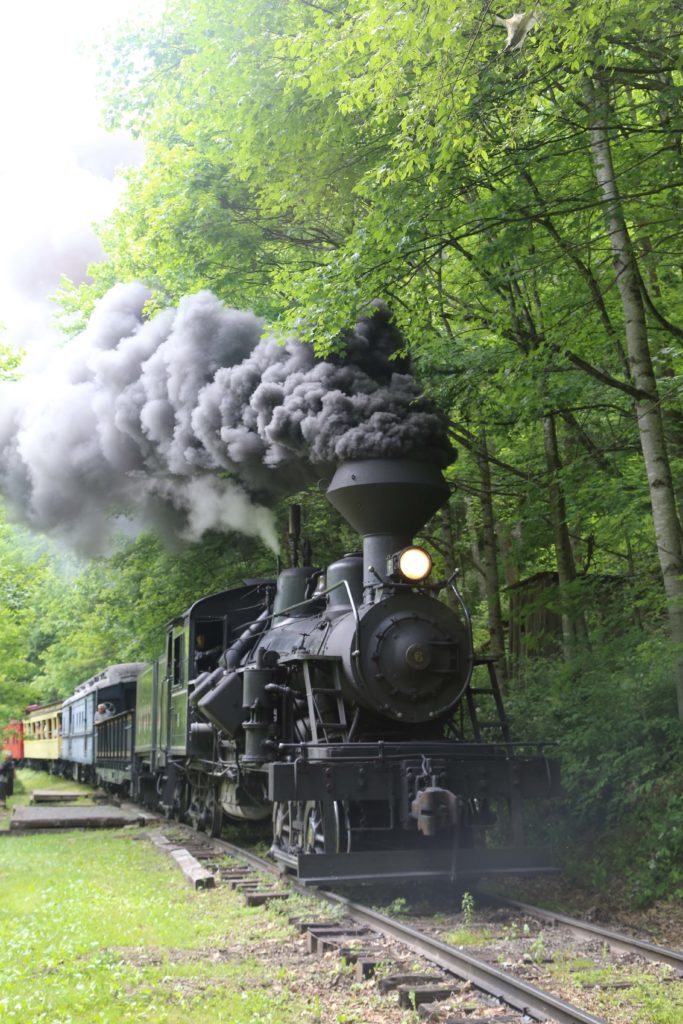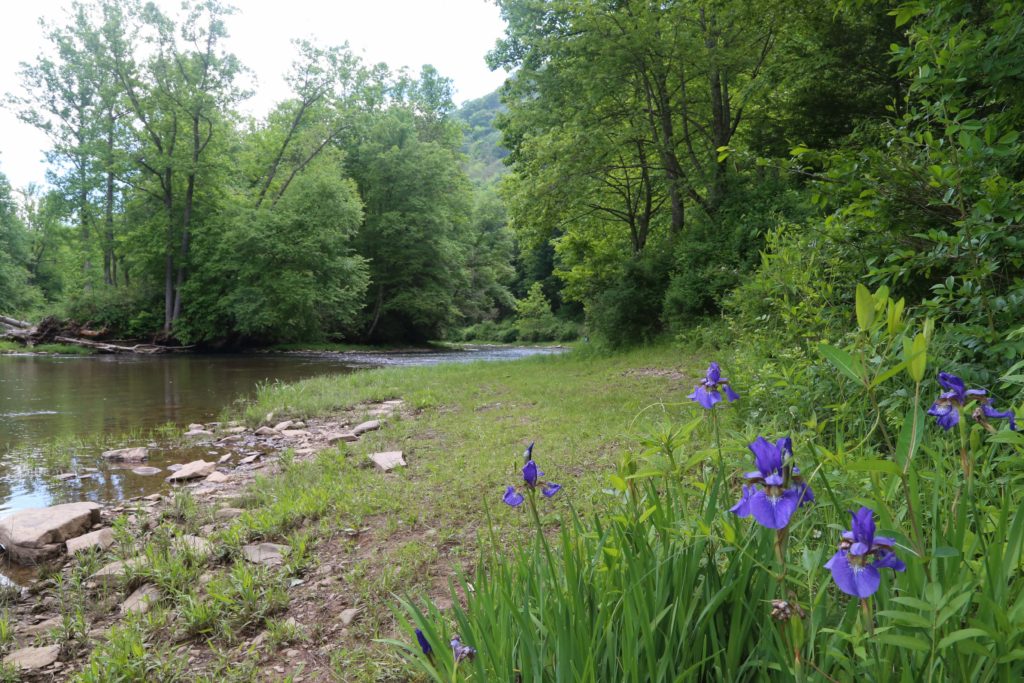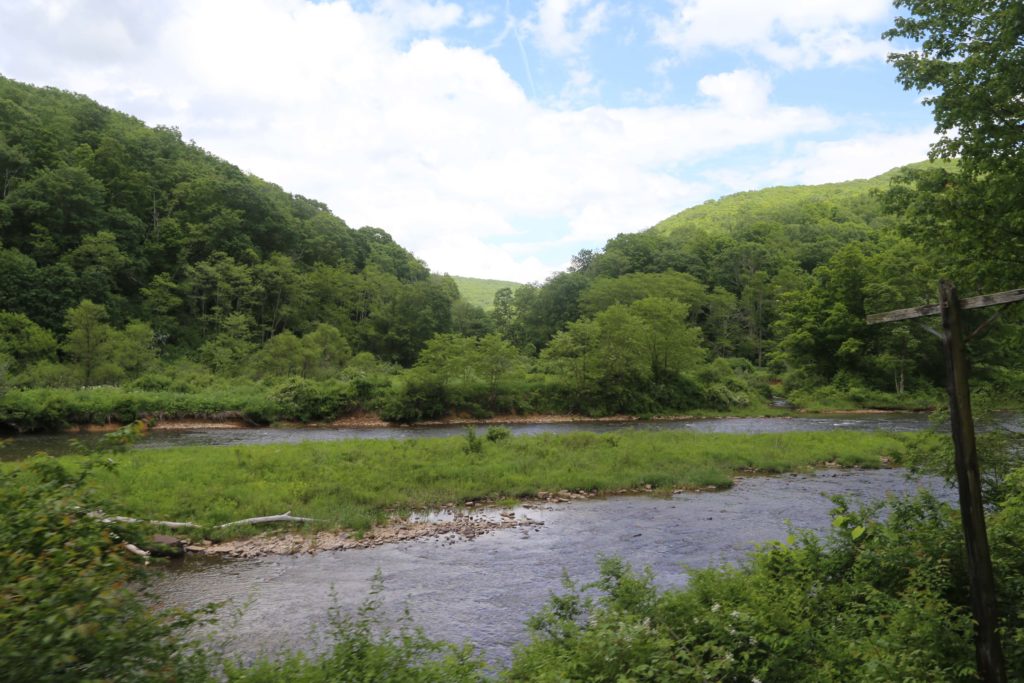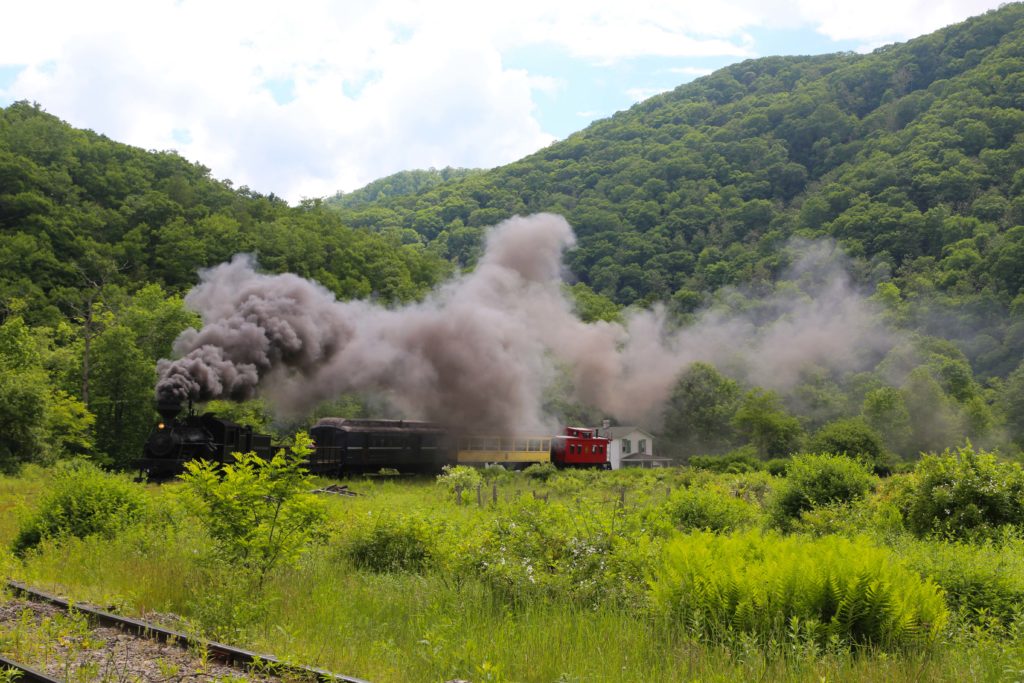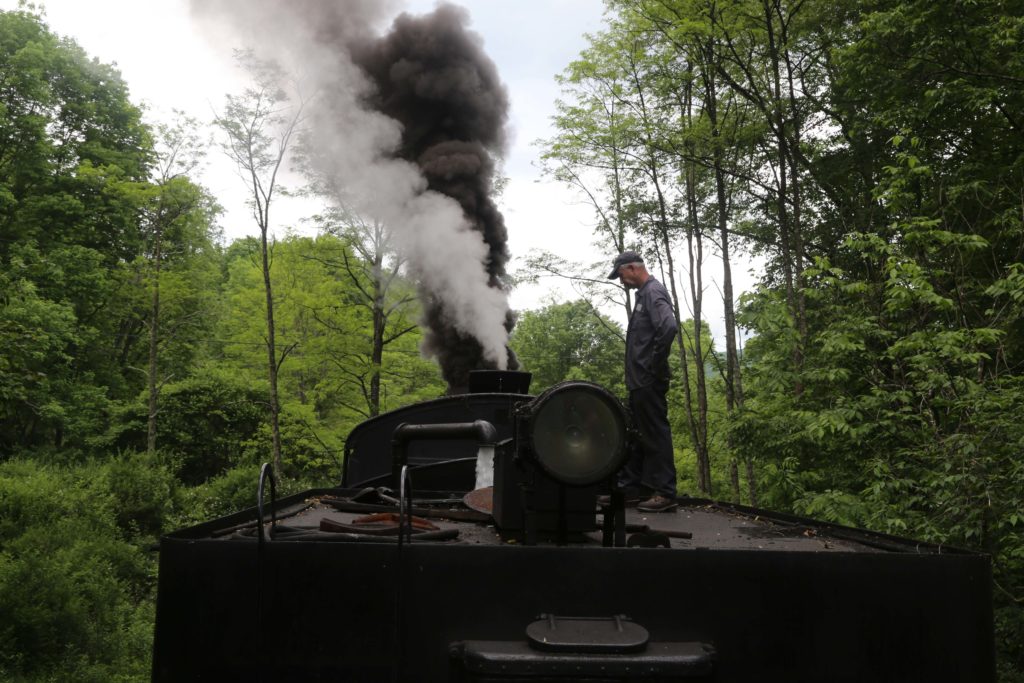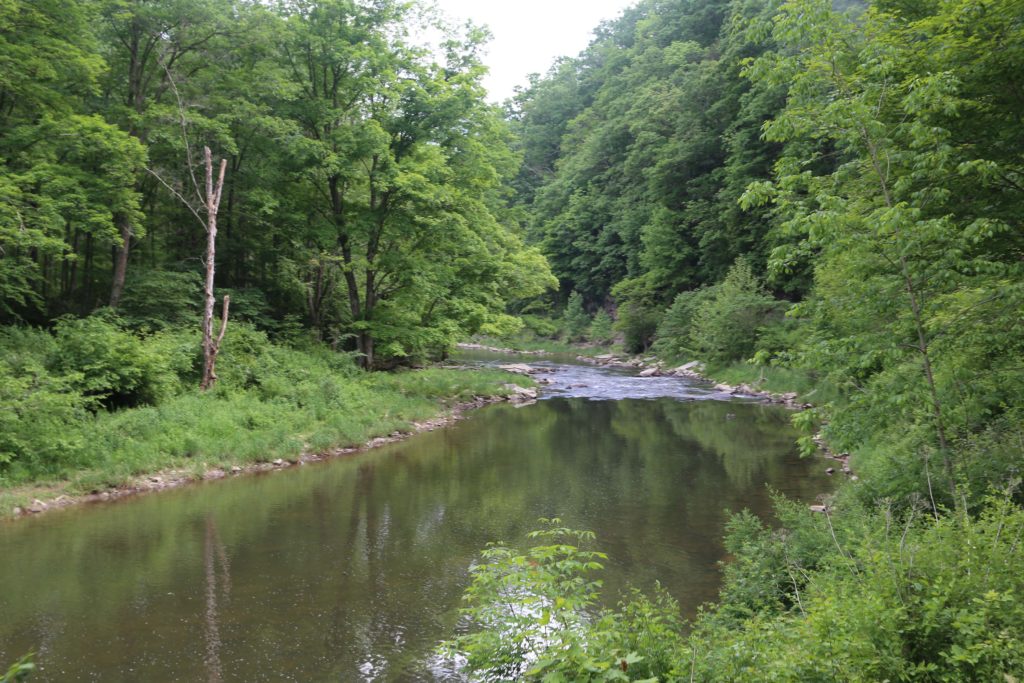I’m in White River Junction, Vermont for a very short work trip. My waiter at dinner last night tells me if I have any free time, I need to make the 10 minute drive to see the Quechee Gorge. He was right. I didn’t have time to go hiking down to the bottom, which I would have loved to do. I only had time to walk along a little to see the dam. I do love to see dams and bridges.
Tag Archives: water
Snorkeling Belize
I went snorkeling today off the coast of Belize on part of its barrier reef. I have no true idea where I was, other than they said the boat ride was going to be about 14 miles. So that clears that up. Anyway, I saw several lobsters, a couple of rays, and a couple of nurse sharks. I was super excited by the rays and sharks. The coral was lovely, but somewhat sparse in that area. Also, there seemed to be a bit of what I can only assume was coral bleaching, which was rather depressing.
On the Monkey River
I took a cruise up the Monkey River today. Getting there was an adventure into itself. An hour drive to Placencia, then at least a half hour boat ride to Monkey River Town, to finally then cruise up the Monkey River. The journey ended at a spot in the jungle which is completely overrun by mosquitoes, but there are also some howler monkeys. The howler monkeys are about as loud as you can imagine an animal that gets the name howler would be. The Monkey River flows through a grassy and mangrove area that is quite pretty. There were numerous birds just sitting along the edge waiting to be spotted. Our guide also spotted a crocodile on the way back that nicely ignored us.
Rain: Madgalena Fernández at the Houston Cistern
After touring the Houston Cistern, we took another tour of it with an art installation completely encompassing it. Rain: Madgalena Fernández at the Houston Cistern is a video installation with the video projected from all sides onto and into the cistern while sound plays. I don’t think I can fully explain it other than to say it is really, really cool, and you can read more about it here. The sound sounds likes rain, but it is completely human made sound. The video starts off looking a little like rain falling then becomes something that looks like how Hollywood loves to portray cyberspace. It is incredibly neat to watch, and I love the way takes over the space. 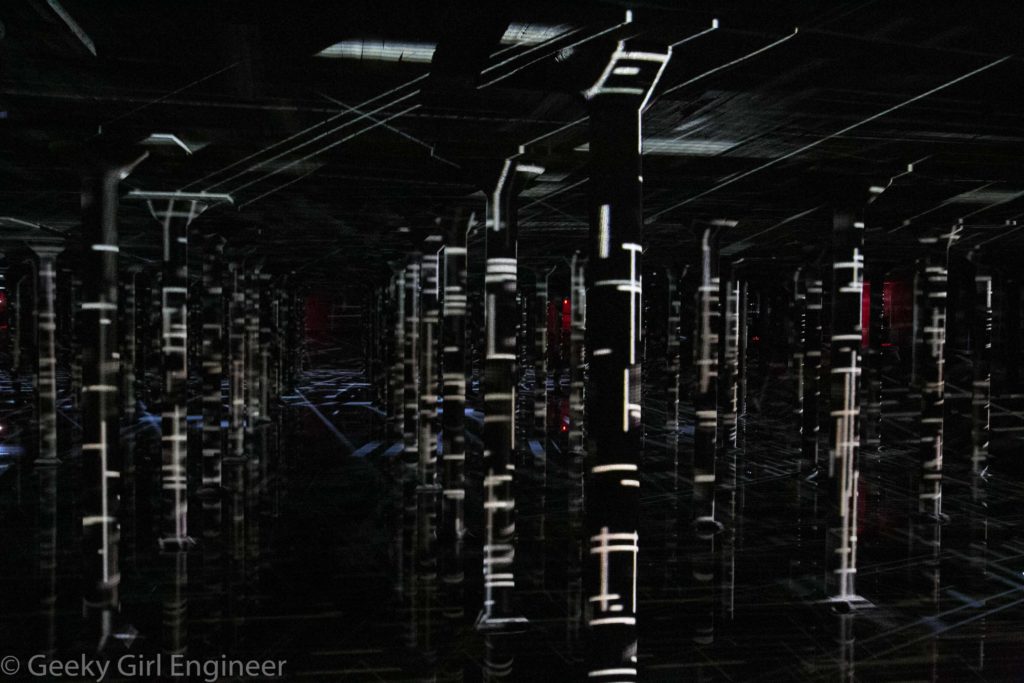
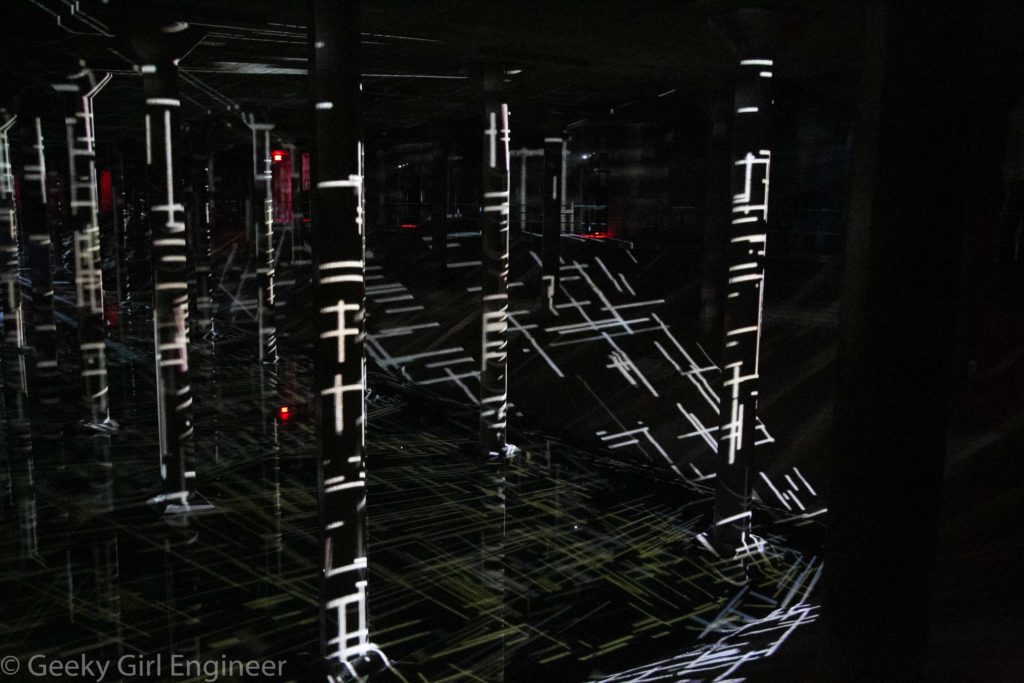
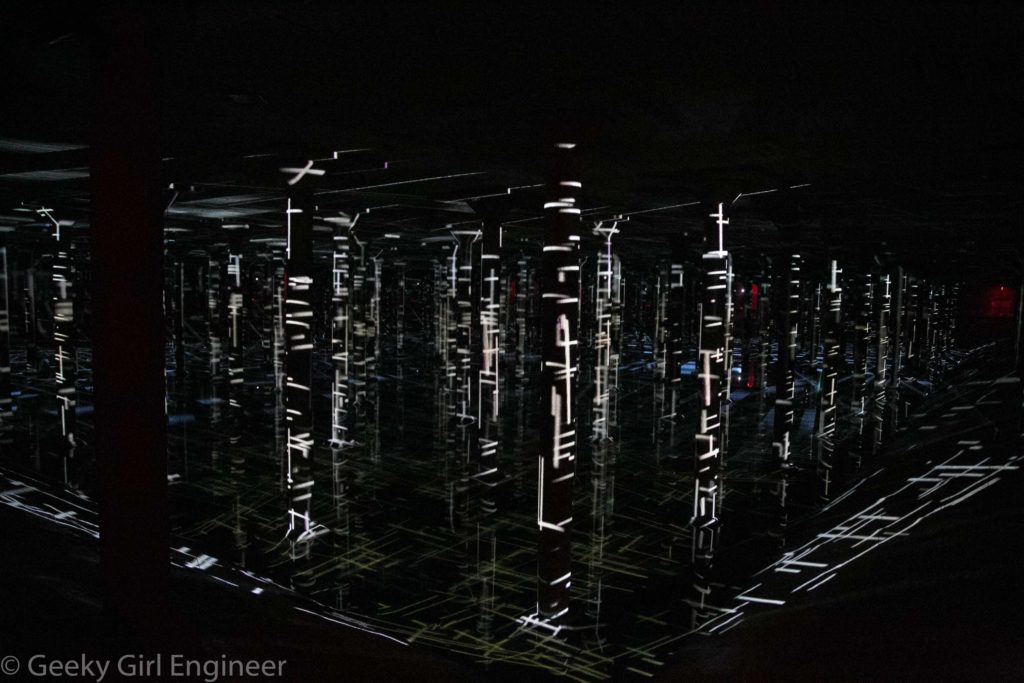
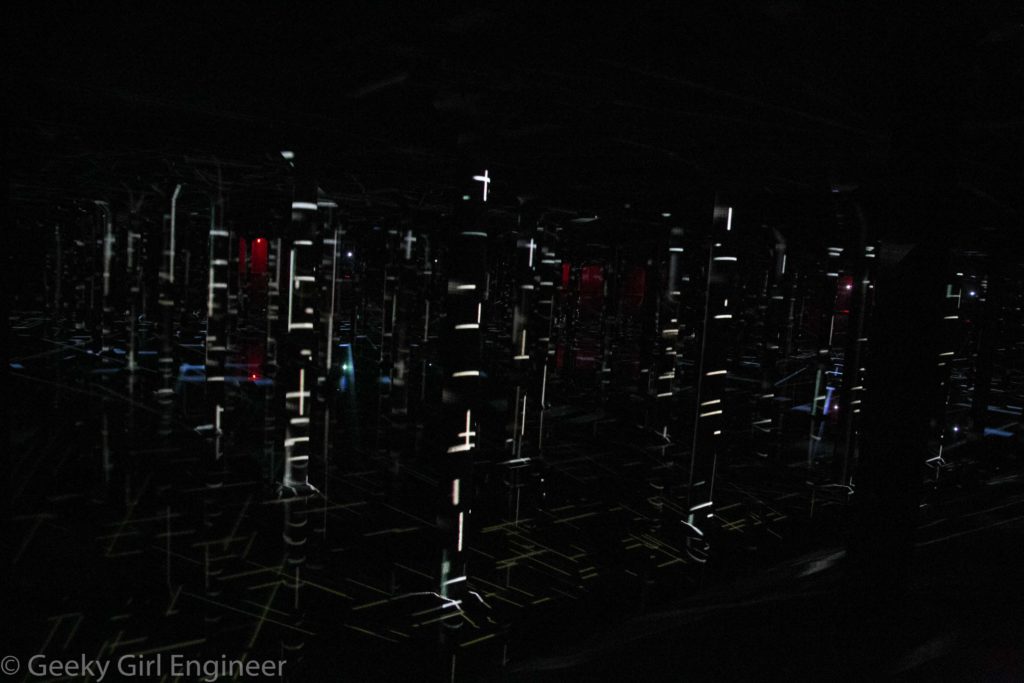
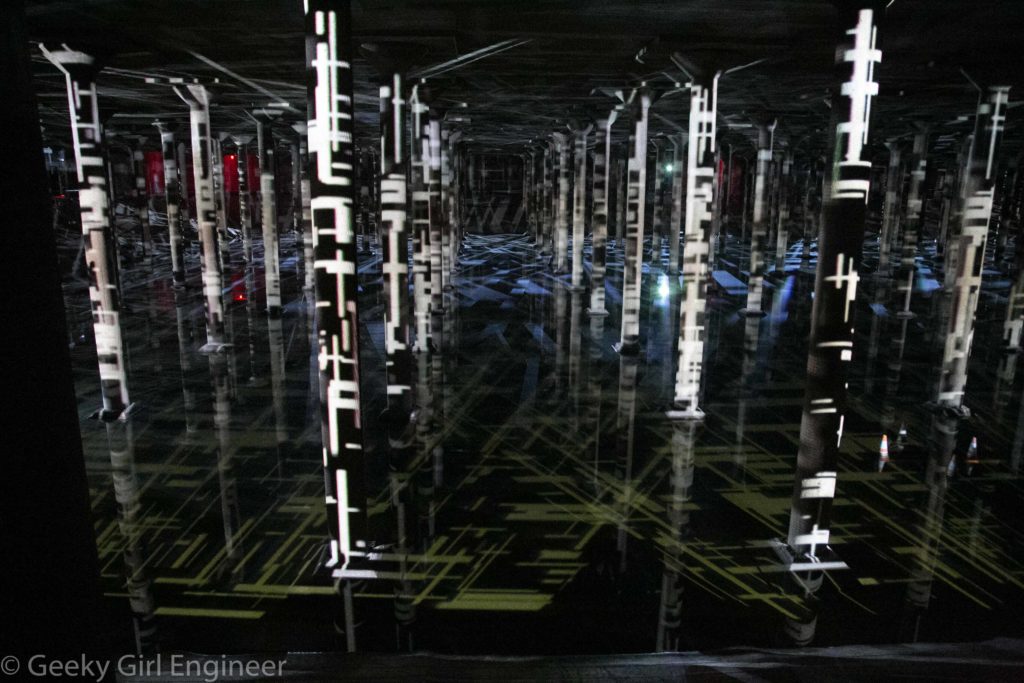
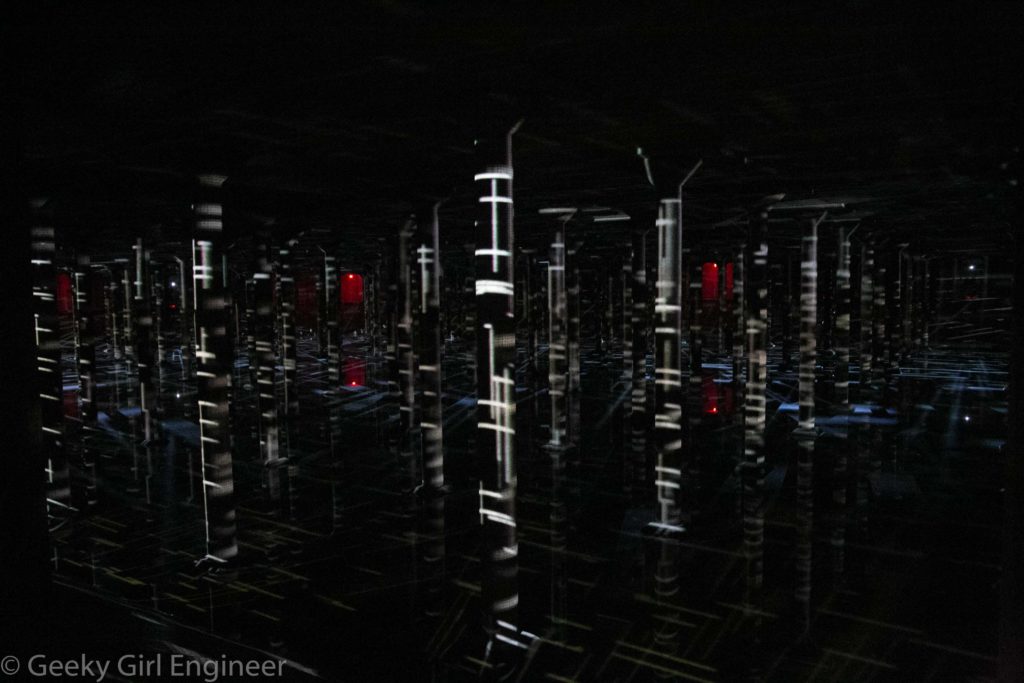
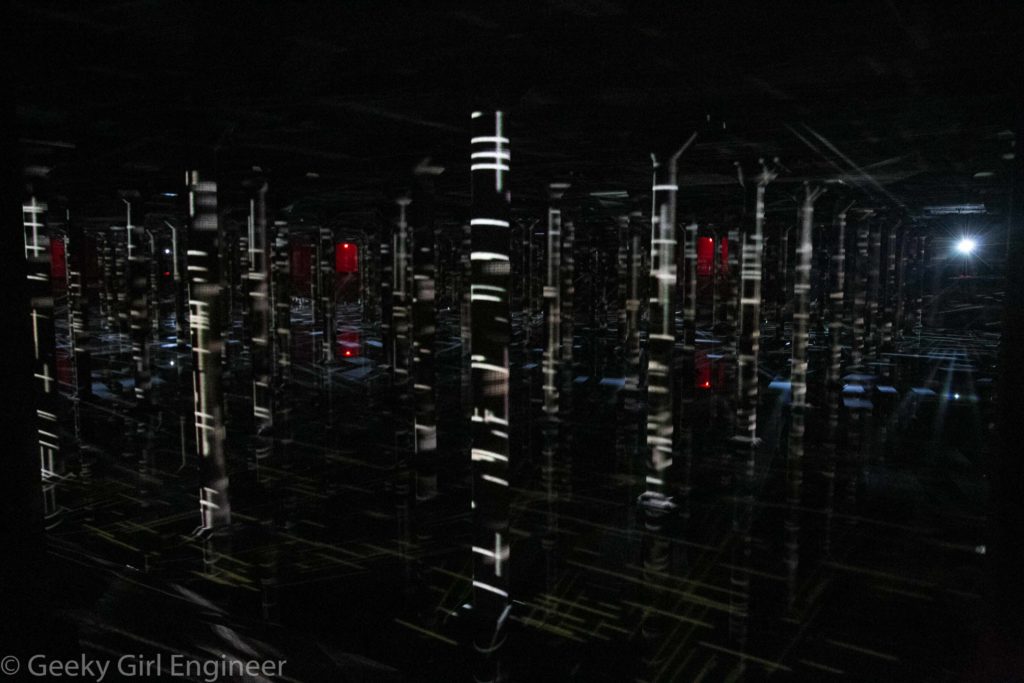
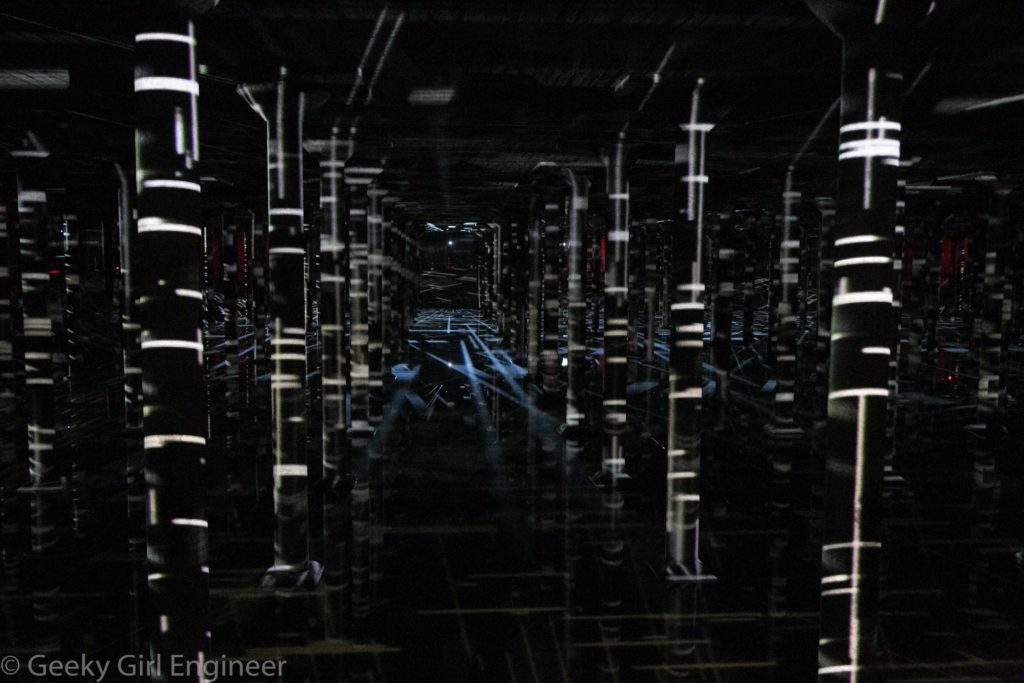
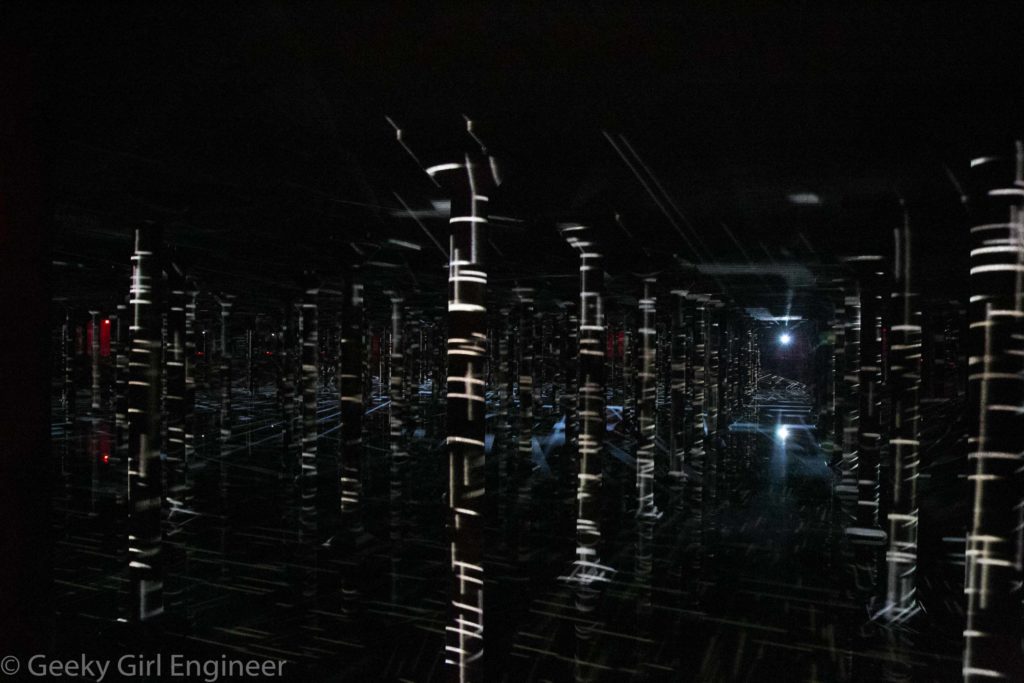
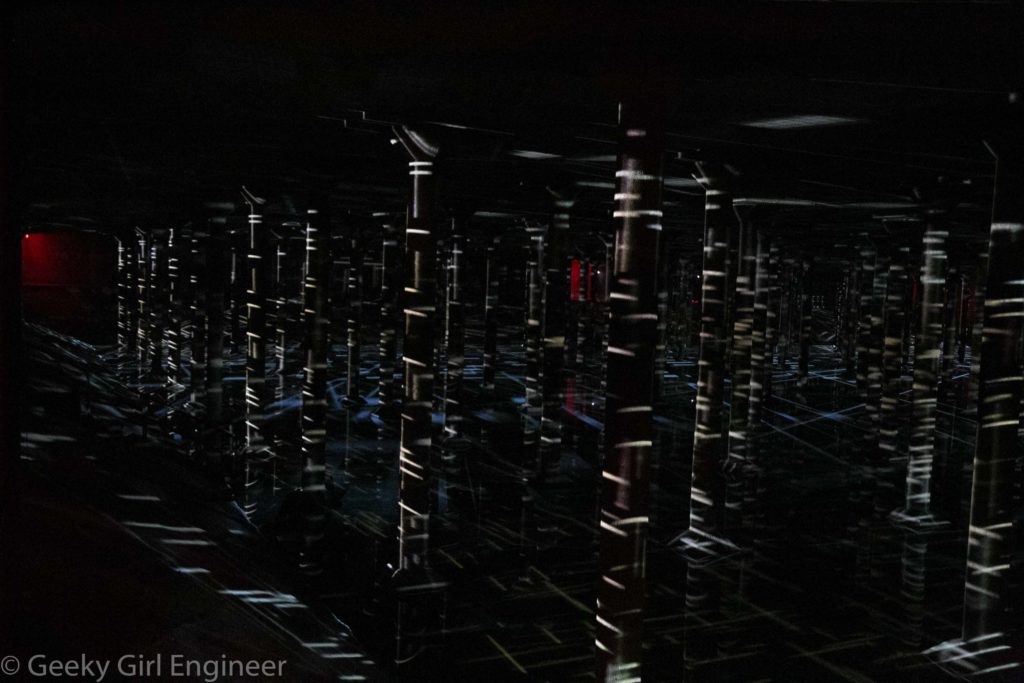
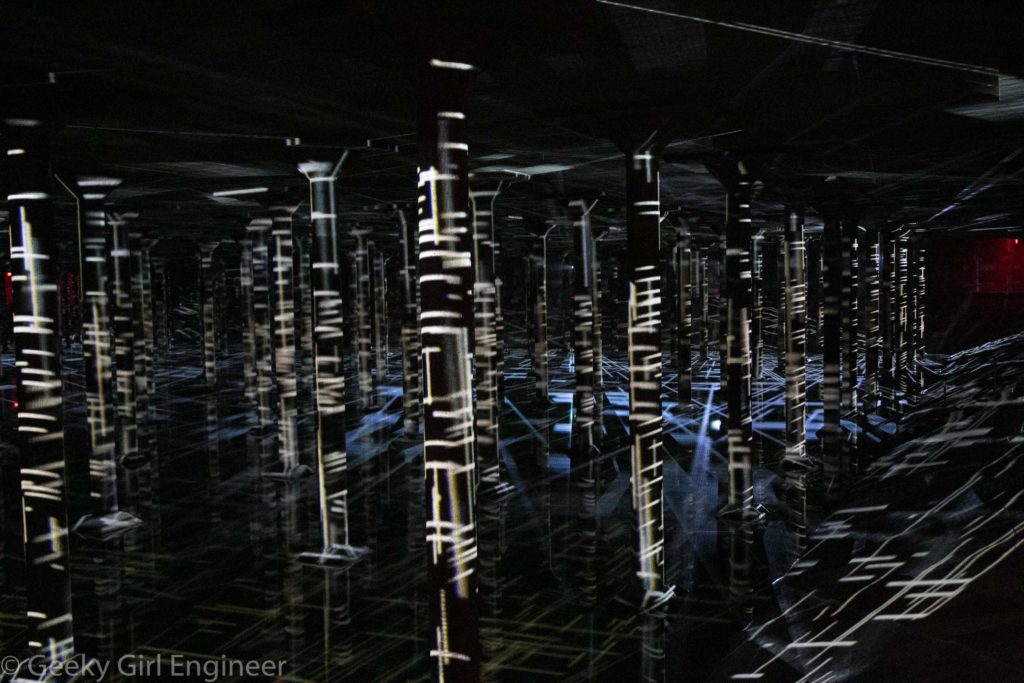
Houston Cistern
I love hidden places. I love places that you can just walk by and not have any idea are there. It just makes them more magical. I recently found out that Houston has an underground drinking water storage reservoir, a cistern. I have passed by this place so many times not having any idea it was there. The cistern was decommissioned in 2007 after an irreparable leak was discovered. Buffalo Bayou Partnership and the City of Houston turned it into space for people to visit and learn about the history of it and also a space that can be used for art installations. When functioning, the reservoir could hold 15 million gallons, but now it just has about 6 inches of water across. Enough water is there just for a neat reflection of the columns in it.
Icebergs DC
In what is now an annual tradition, the National Building Museum creates a fun, exhibit or installation in which children and adults can play. Last year it was The Beach, and the year before it was The Big Maze. This year, it is Icebergs. The museum’s great hall is filled with structures resembling icebergs, and blue mesh surrounds them to denote the water. The “water line” is about two stories high with the tops of many icebergs popping above it, like real icebergs. The exhibit is complete with an underwater bridge between two icebergs, which leads to two slides. White bean bags are scattered about, so you can sit down and relax.
Freshkills Landfill Turned Park
This past weekend, I got to check an item off my bucket list when I got a tour of Freshkills, the former landfill that is being turned into a park. This is probably not an item on most people’s bucket list, but I have heard so much about the landfill that when I found out New York City Parks Department gives tours, I jumped to sign up. The vast majority of the landfill has been fully capped and vegetated. The mounds are dotted by the landfill gas collection system with gas wells popping up from the high grass at regular intervals. The wildlife has already moved in. There were butterflies flying everywhere in the grass, and birds were everywhere. We also saw a family of deer. The wetlands are lovely and evidently filled with wildlife. Also, the view from the top of the mounds is spectacular. It will be a while before the area will be completely converted to a park and open to the public, but the transformation already is incredible. As an environmental engineer, I am incredibly happy to see it and proud of my profession that did it.
Coney Island Creek
I went on a hike along Coney Island Creek with Atlas Obscura and Underwater New York to see its virtual ship graveyard. The tour did not disappoint. There were a multitude of shipwrecks, including the famous yellow submarine. We walked along the shore during high tide. The shore was quite mucky, and I was thankful for my waterproof hiking boots, while trying not to think about what was in that muck. There was lots of algae and seaweed of some type. We spotted a few fishermen and men who appeared to be hunting for oysters or clams or sometime of shellfish (are they called fishermen also?). I have serious doubts the fish are safe to eat on a regular basis, simply based on the history of pollution in that area. I can only hope I am wrong for their sake.
Cheat Mountain Salamander Train
I went on a ride on the Cheat Mountain Salamander train this morning. Most of the route was along the Shavers Fork of the Cheat River. We stopped along the way at High Falls of the Cheat. The train was vintage, and the car we rode in was lovely and vintage with classic fabric seats.
Durbin Rocket
I took a ride on the Durbin Rocket this afternoon. The Climax geared logging locomotive was built in 1910 and powers a vintage train, including an old postal car. The train is indeed a rocket, as it moves along at a whopping 8 miles per hour. At one point a butterfly passed us. The roundtrip route from Durbin, West Virginia, however is gorgeous as it follows the Greenbriar River in the Monongahela National Forest. The only problem is after seeing all the smoke the coal burning created, I feel the need to go plant an entire grove of trees.

